Panch Kedar Yatra Description
The state of Uttarakhand has been the abode of many gods and goddesses since ancient times, among whom Lord Kedarnath, or Shiva, holds a prominent place. There are five such revered shrines dedicated to Lord Shiva in the Kedarkhand region (केदारखंड क्षेत्र) or Garhwal region of the Himalayas, where Lord Shiva is especially worshiped. These five pilgrimage sites are collectively known as Panch Kedar, and the names of these temples are – Kedarnath, Tungnath, Madhmaheshwar (Madhyamaheshwar), Rudranath, and Kalpnath.
History of Panch Kedar
There are many mythologies and folklores about “why these five temples are considered famous as Panch Kedar Temples“. According to the most popular mythological story, “When the Pandavas (heroic characters from the epic Mahabharata) unjustly killed some Kauravas (their brothers from the opposite side) in the fierce war described in the ancient Hindu scripture Mahabharata, they went to Lord Shiva to atone for their sins. But on seeing the Pandavas, Lord Shiva took the form of a bull and entered the earth. After this, Shiva appeared in the form of Shiva Linga at five different places of the Himalayas.”
Symbolic Essence of the Panch Kedar Temples
Panch Kedar Temples are related to the body parts of Lord Shiva. The Shivling of Kedarnath Temple is in the form of the hump, the Madhyamaheshwar Temple represents the navel, Tungnath Temple symbolizes his arms, Rudranath Temple is his face, and the Kalpeshwar Temple is considered to be the form of Shiva’s matted locks. The Kedarnath Temple holds a prominent place among these five Shiva temples because it is also part of the Chota Char Dham Yatra and the 12 Jyotirlings of Lord Shiva.
Panch Kedar Yatra
Panch Kedar Yatra is a famous pilgrimage in the Garhwal Himalayas of Uttarakhand, India, to visit five ancient temples dedicated to Lord Shiva. In this Yatra, tourists also visit the well-known Hindu pilgrimage site, Kedarnath Temple, which is a part of the Chota Char Dham Yatra and one of the twelve Jyotirlingas of Lord Shiva. The Yatra includes a road drive to the Gaurikund base camp, the long walking distance of Kedarnath, the high altitude of Tungnath, and passes through forests, the challenging mountain terrain of Rudranath, the meadows of Madhyamaheshwar, and remote villages such as Ransi, Sagar, etc. Many Shiva devotees from all over the world undertake this pilgrimage to visit these temples. Be it youth or senior citizens, everyone enthusiastically participates in this pilgrimage enjoying the thrill of trekking in the Himalayas.
Panch Kedar Circuit – Route and Temple Sequence
The path is about 95 kilometers (59 miles) long and takes about 10-11 days to complete. During the trek, one can see amazing views of the Himalayan mountain range and the path passes through challenging hilly terrains, remote villages, dense forests, lush green meadows, streams etc. Temples are visited in a specific order. The journey starts from Gauri Kund, and first of all the Kedarnath temple is visited, followed by Madhyamheshar, Tungnath, Rudranath and Kalpanath temples sequentially. This is the traditional order followed while visiting the Panch Kedar in sequence. The important thing is that due to the inclusion of Kedarnath temple, which is an important pilgrimage site of Chota Char Dham Yatra, it makes the Panch Kedar Yatra even more spiritual and thrilling adventure.
1st – Kedarnath – The Sacred Beginning
This holy journey begins in the vibrant city of Rishikesh, where our team will guide you through a scenic drive to the enchanting town of Guptkashi and then proceed to Gauri Kund. From there, you’ll embark on a trek to Kedarnath Temple, the first of the Panch-Kedar temples. This 16-kilometer trek unfolds with fascinating checkpoints, offering you a chance to witness the divine “back side” of Lord Shiva. The day ends with a visit to the temple during the Aarti ceremony, providing a moment for spiritual reflection.
2nd – Madhyamaheshwar – Trekking Through Meadows and Villages
As your pilgrimage continues, you’ll retrace your steps from Kedarnath back to Guptkashi and journey to Ukhimath, gearing up for the next leg of your adventure. Your path takes you to Ransi Village, the starting point for your trek to Madhyamaheshwar. Along this journey, you’ll be treated to stunning vistas and lush meadows, offering a tranquil atmosphere for introspection and devotion.
3rd – Tungnath – The Highest Shiva Temple in the World
The trek continues from Chopta to Tunganath Temple, the highest Shiva temple in the world, representing the “hands” of Lord Shiva. As you trek through dense forests, you’ll connect with the natural world and find solace in the majestic Himalayan landscapes.
4th – Rudranath – The Face of Lord Shiva
The spiritual journey advances to Sagar Village and proceed to Rudranath Temple, known for its tranquil ambiance and breathtaking vistas. Here, you’ll pay your respects to the “face” of Lord Shiva, drawing closer to the divine essence of his countenance.
5th – Kalpeshwar – Lord Shiva’s Matted Locks
Finally, your pilgrimage culminates at Kalpeshwar Temple, where Lord Shiva’s “hair” or “Jata” is venerated. This serene temple, enveloped in lush greenery, provides the perfect setting for meditation and reflection.
Badrinath Darshan and the Completion of Panch Kedar
We conclude the Yatra at Badrinath Temple. There is no direct scriptural reference to this belief, but many devotees of Lord Shiva hold that without Badrinath Darshan the Panch Kedar circuit remains incomplete. The reason is probably because Badrinath was considered the original Kedarnath Dham in Satyuga, until Lord Vishnu assumed guardianship of the site, and Lord Shiva chose the present Kedarnath as his eternal abode, blessing both places with divine significance. Therefore, to complete the spiritual essence of Kedarnath Dham in the pilgrimage, devotees always make sure to visit Badrinath Dham.
Best Time to Visit
The optimal period for embarking on the Panch-Kedar pilgrimage is between May and October, as the doors of Kedarnath open in late April. During this timeframe, pilgrims can access the main temples, as the weather is favorable and the paths are clear.
However, it’s crucial to note that from early November to mid-November, these temples are temporarily closed due to heavy snowfall, rendering them inaccessible. Remarkably, Kalpeshwar Temple stands out as the exception, graciously welcoming devotees throughout the year, making it a year-round spiritual destination.
Panch Kedar Trek Itinerary
Day 1: Rishikesh to Sonprayag
Drive Distance: 205 km; 6-7 hours
Altitude: 1,829m/ 6,000 ft
Highlights: Visit the Dhari Devi Temple and witness the stunning confluence of the rivers Ganga and Alaknanda at Devprayag.
Your Panch Kedar Yatra starts from the Yoga capital of India– Rishikesh. You can reach here from Delhi or any other major city in the country. Take the NH 7 to drive towards Sonprayag. On your way, you will cross the Devprayag where the Bhagirathi and Alaknanda Rivers merge. The Alaknanda River will flow parallel to our driving route and merge into the Mandakini River at Rudraprayag.
You will arrive at Sonprayag after a 7-8 hrs drive, where you can visit the Dhari Devi Temple if time permits. Check into your accommodation to have your dinner and spend the night.
Your path will lead you through several significant checkpoints, each holding its unique charm and significance.
Devprayag: Your first stop, Devprayag, is a place of profound spiritual importance. Here, the holy Alaknanda and Bhagirathi rivers merge to form the sacred Ganga River, marking the inception of your Panch-Kedar pilgrimage. The divine confluence of these sacred waters sets the tone for your spiritual odyssey.
Rudraprayag: Your journey continues to Rudraprayag, where the confluence of the Alaknanda and Mandakini rivers offers another spiritually charged experience. Here, nature’s beauty combines with spiritual significance, providing another opportunity to connect with the divine through the merging of these holy waters.
Agastyamuni: Further along your route, you’ll reach Agastyamuni, a place resonating with the spiritual energy of Rishi Agastya’s meditation. It’s a site where the ancient sage delved deep into his spiritual practice, adding another layer of sacredness to your expedition.
Ukhimath: Your path then leads you to Ukhimath, a town known for its spiritual ambiance and serene surroundings. It’s a place where you can immerse yourself in introspection and soak in the tranquil beauty of the Himalayas.
Guptakashi: Finally, you will arrive at Guptakashi, where you will rest for the night. Guptakashi holds its own significance in the Panch-Kedar pilgrimage. It’s the place where Lord Shiva concealed himself from the Pandavas, prompting Yudhishthira to give it the name “Guptakashi,” signifying the “Hidden Kashi.”
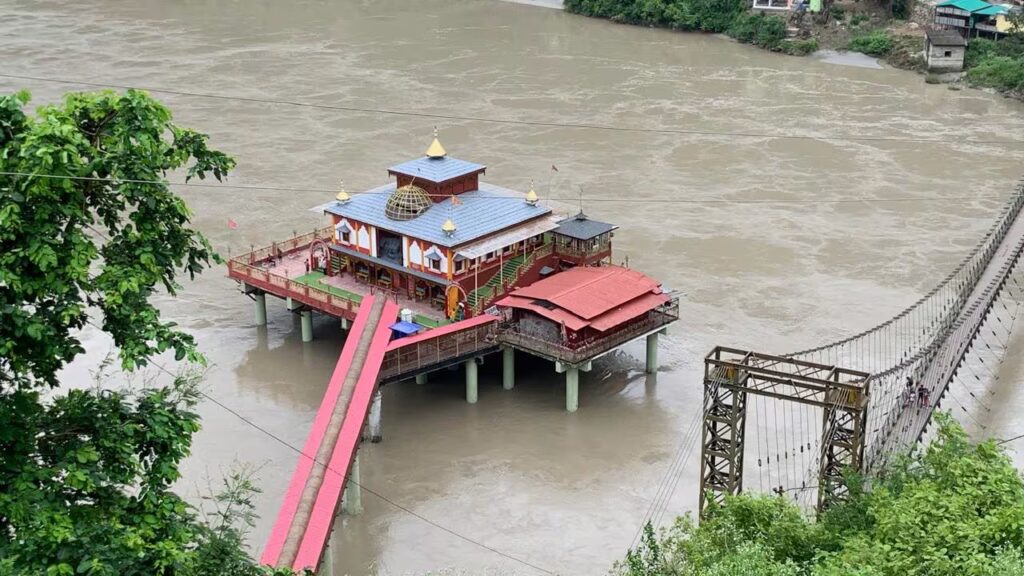
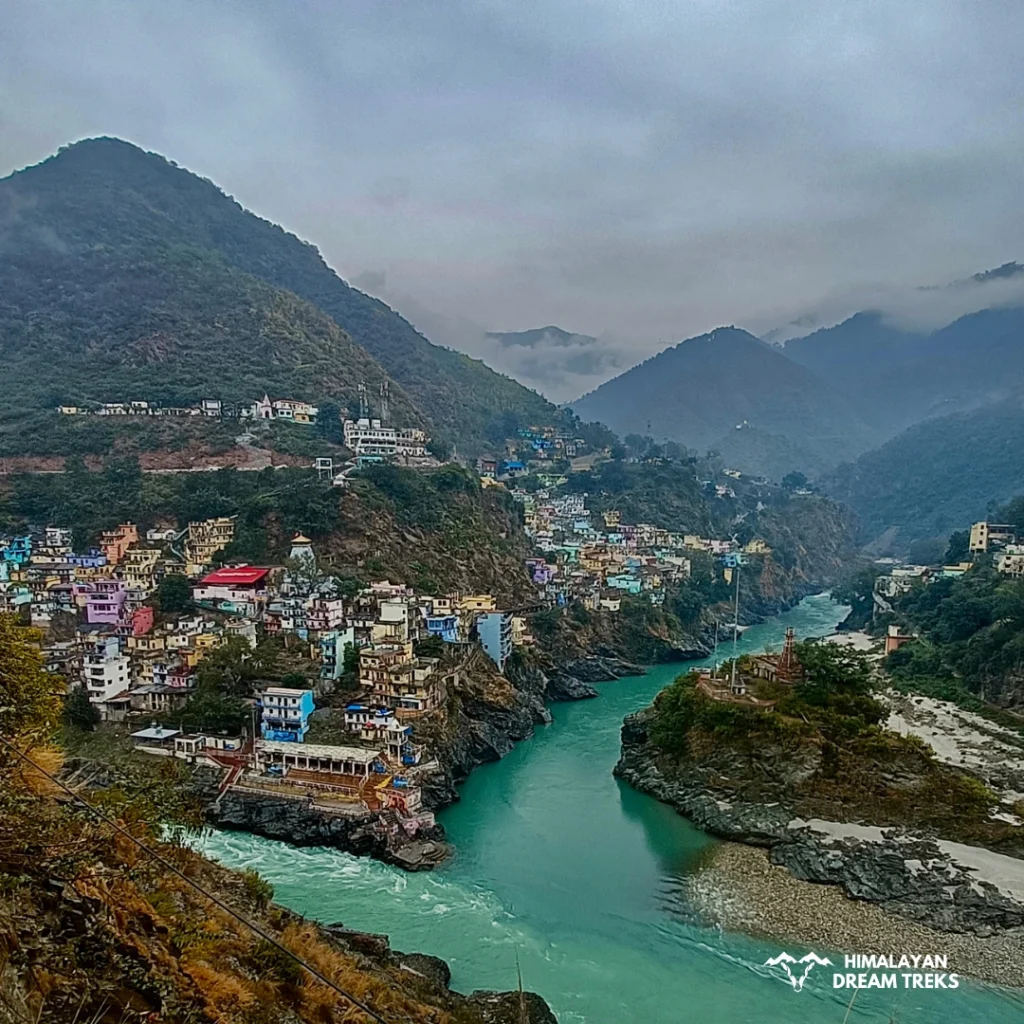
Trek Distance: 17 km, 4-5 hours (Gauri Kund to Kedarnath)
Drive Distance & Time: 5 km – 30 min (Sonprayag to Gauri Kund)
Altitude Gain: 1,724 m/ 5,656 ft
Water and Refreshments: You will find many shops and tea stalls on your way.
Difficulty Grade Of Today’s Walk: Moderate
Major Highlight/s Of the Day: Visit the Kedarnath Temple, one of toughest trek of the Panch Kedar Circuit and is also a part of Chota Char Dham Yatra.
Today, you will visit the holy shrine of Kedarnath. After having breakfast, leave Sonprayag early and drive to Gaurikund. The distance is around 7.8 km, which will take 30 minutes to cover in a local jeep, depending on the traffic. Due to the 2013 Kedarnath tragedy, the movement of private vehicles ahead of Sonprayag is prohibited. Upon reaching, park your vehicle here and enjoy the scenic spot where Mandakini River and Son Ganga (Basuki) merge at Sonprayag.
Located at 1,982 m, Gauri Kund serves as the base camp for the Trek to Kedarnath Temple. Here, you will find a vibrant local market filled with pilgrims and dhabas where you can relax and have your lunch.
Visit the hot water spring of Gauri Kund and the small Maa Parvati Temple. A short walk towards the end of the market will take you to an entry gate to start your Kedarnath Trek. Enjoy the scenic landscape with the Mandakini River flowing below. After covering about 4 km, you will reach Jungle Chatti. Here, you will find many dhabas where you can have your refreshments.
Hiking further for 3 km will take you to Bheem Bali, our next stop. On your way, you will pass through many small waterfalls. At Bheem Bali, have snacks and fill your water bottle. Further, a 3.3 km hike will take you to Rambara, where you must cross a bridge over the Mandakini River. From Rambara to Lin Chauli, it is an uphill climb of about 1.5 km.
About 4 km of further hike via Chhani Camp from Lin Chauli will take you to Kedarnath Base Camp. You will encounter several small glaciers and a wide view of majestic mountain peaks. Here, you can stay at camps set up by GMVN for the pilgrims. The final 1 km hike to the Kedarnath Temple will enchant you with its spiritual aura and snow-laden landscape.The temple with the backdrop of towering Kedarnath Peak (6,940 m /22,769 ft) and Kedar Dome (6,831 m /22,411 ft) will mesmerize you with its beauty. It is said that Lord Shiva’s hump appeared at this site when he took the form of a bull to evade Pandavas. Offer your prayers to the temple and return to the Kedarnath base camp for dinner and an overnight stay.

Trek Distance: 17 km – Kedarnath to Gauri Kund
Drive Distance & Time: 5 km – 20 min- Gauri Kund to Sonprayag
Altitude Loss: 1,289 m/ 4,230 ft
Water and refreshments: Fill your water bottles at Kedarnath Basecamp and you can find dhabas at Gaurikund.
Difficulty Grade Of Today’s Walk: Easy to moderate descent
Major Highlight/s Of the Day: Visit Sonprayag, the meeting point of the Basuki and Mandakini Rivers.
Wake up early to witness the beautiful sunrise hitting the majestic mountains at Kedarnath. The temple opens for pilgrims at 6 a.m., so you can do the Kedar Darshan today and perform the pooja rituals. Return to the base camp for breakfast and descend to Gauri Kund.
The downhill hike is comparatively easier than the uphill climb to Kedarnath. Enjoy the lush landscape around you and take small pit stops for refreshments. Upon reaching Gauri Kund, take a shared taxi to Sonprayag.
Check in to your accommodation at Sonprayag to have your dinner and restful sleep.
Trek Distance: Approx. 6 km (Ransi to Gaundhar)
Drive Distance & Time: 2 hr 30 min (63.0 km)
Altitude gain: Sonprayag and Gaundhar are at a Similar altitude of 1,800 m
Water and Refreshments: Carry at least two water bottles and fill them at Ransi before trekking to Gaundhar.
Difficulty Grade of today’ walk: Moderate to hard
Major Highlight/s of the day: Witness the beauty of Ransi Village with Madhu Ganga flowing in the valley. Venture through the trails amidst the lush Himalayan vegetation.
On the fourth day, we will set out for the trek to Madhyameshwar. Today, our goal is to reach Ransi via Ukhimath from Sonprayag. Check out from your accommodation at Sonprayag early after having breakfast. You can reach Ukhimath by taking a bus or a taxi. This spiritual town is home to Omkareshwar Temple, the winter seat of Kedarnath and Madhyameshwar shrine. From here, you can catch a bus or a shared taxi to reach Ransi.
Sonprayag to Ransi distance is about 63 km which will take about 2 hrs 30 min to reach. You will cross from where you can catch a glimpse of Ransi village and Madhyamaheshwar (Madhu) Ganga flowing below. After reaching Ransi, a narrow trekking route of 6 km amidst the dense Himalayan vegetation will take you to Gaundhar. The trail starts from Agtoli Dhar, 1 km ahead of Ransi with a downhill stone-paved path. You will cross dense forests, several river streams, and a waterfall called ‘Bheem si Gadera’. Take the bridge near the cascading waterfall to continue the slightly steep section of the trail.En route around 3.5 km from Agtoli, you can visit the Devi Dhar Temple. As you approach Gaundhar village, you can see the nearby water streams of the Madhu Ganga and Morkhanda rivers. You will find a few options for staying and dhabas in this village. Have your dinner at Gaundhar and stay overnight.
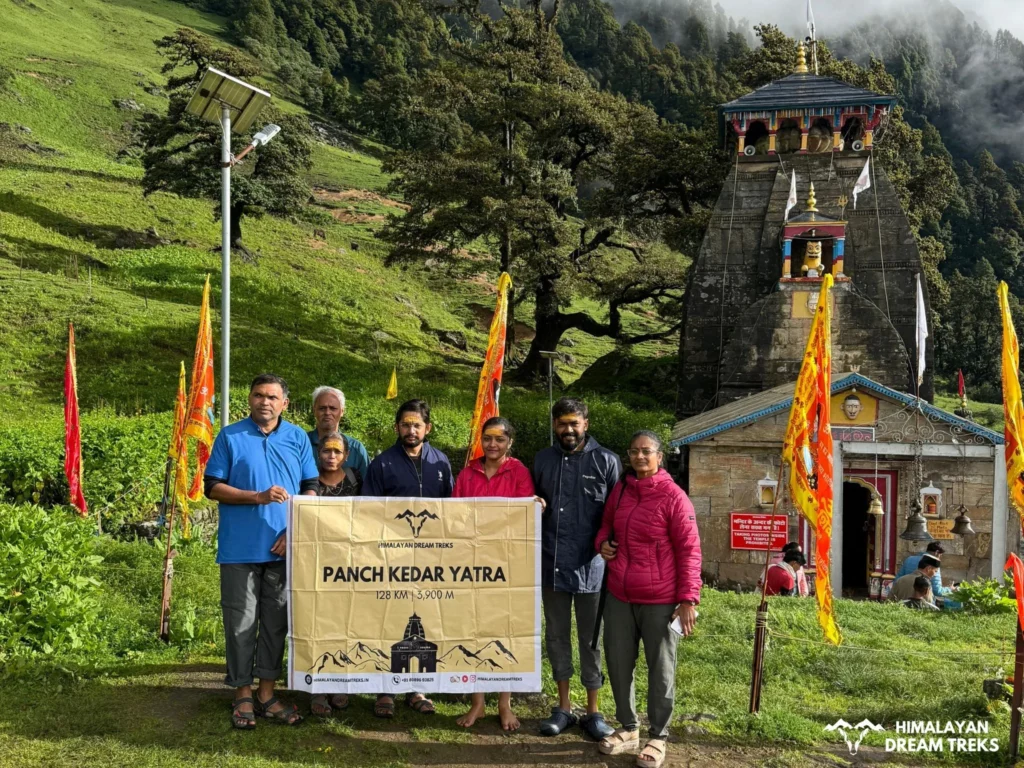
Trek Distance and Time: 11.3 km (5-6 hrs)
Altitude gain: 1,550 m/ 5,217 ft
Water and Refreshments: Fill your water bottles at the dhabas in Gaundhar and Vantoli before heading out for Madhmaheshwar.
Difficulty Grade of today’s walk: Moderate to difficult
Major Highlight/s of the day: Catch the divine beauty of the second temple of the Panch Kedar Circuit– Madhmaheshwar temple.
Wake up early to the melodious chirpings of the birds and crisp air of the hilly village. Today, we will venture out on the next lap of our trek to Madhmaheshwar Temple. The route is well-marked with multiple signboards indicating the distances.
Have your breakfast and tea before descending towards Lower Vantoli. After an easy walk of about 0.5 km on the downhill trail, you can see the confluence of Madhu Ganga and Morkhanda River.
A further 0.5 km hike on the mud path will take you to Upper Vantoli. From here, the trail goes uphill toward Khaddra Khal. Relax here and do not forget to catch the green views of the valley below with the two rivers merging.
After some rest, continue your hike for 2km over the rugged and narrow path to reach Naanu Chatti. From here, the temple remains about 5 km away. From here, the trail section becomes very steep, with a zigzag path. You will pass through Maikhamba and Kun Chatti before reaching the holy temple of Shiva. After Kun Chatti, you will not find any shops on the trail, so fill your water bottle before you reach here.
Enjoy the rocky trail through the thick rhododendron forest that colours the valley pink and white. The last 0.5 km is a bit flat as you approach the Bugyal of Madhyamaheshwar and you can find a few hotels and tents 200 m before the Madhamaheshwar Temple. The scenic temple and its spiritual aura will fill your heart will all kinds of emotions.
It is said that the mid-portion or navel of Lord Shiva’s Bull form is worshipped here. Visit the nearby Amrit Kund in the temple premises which is said to receive water from Ganga. You can also offer your prayers in Maa Parvati Temple, Gauri Shankar Temple, and Bhainrav Temple.
Enjoy the divine beauty of this holy shrine and its deep valleys. Have your dinner at Madhyamaheshwar and stay overnight at a nearby hotel/lodge.
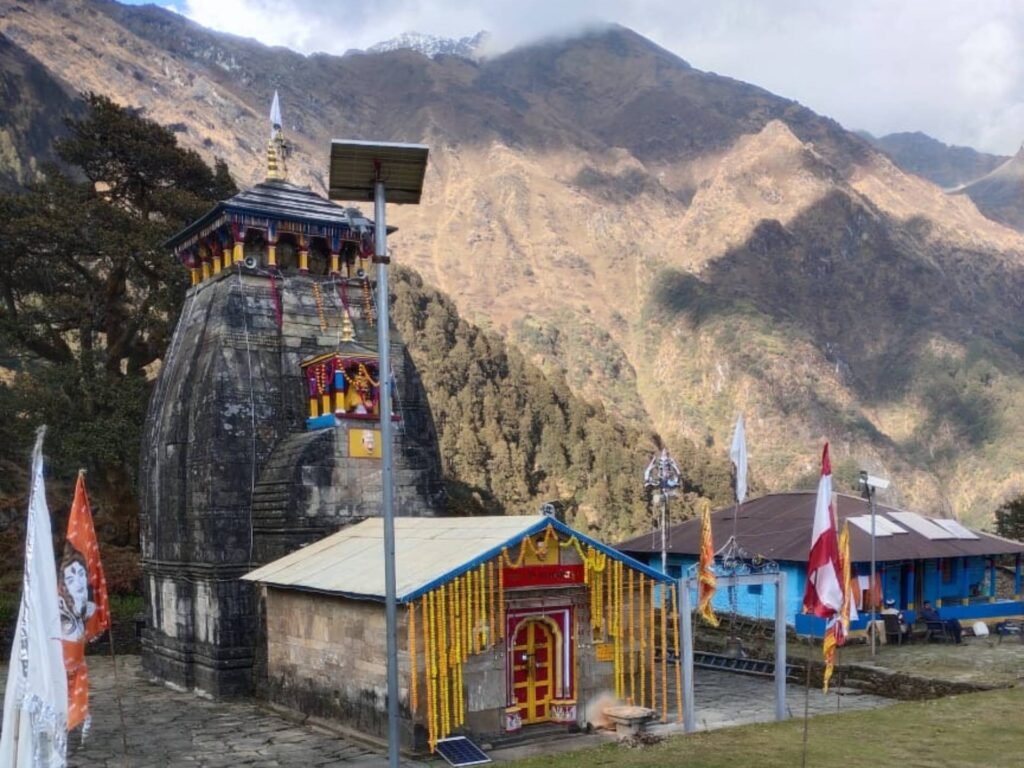
Trek Distance and Time: 17.3 km; 8-9 hrs
Drive Distance & Time: 1 hr 41 min (41.0 km)
Altitude loss: 1,780 m/5,840 ft
Water and Refreshments: Refill your bottles at tea stalls near Madhmaheshwar and have refreshments at hotels in Ransi.
Difficulty Grade of today’s walk: Moderate
Major Highlight/s of the day: Enjoy the scenic drive to Ukhimath and visit the Omkareshwar Temple..
Wake up early to enjoy the views of sunrise hitting the snow-clad mountains surrounding the Madhmaheshwar. If time permits, visit the Budha Madhmaheshwar Temple, located about 2 km on the northwest ridge of Madhmaheshwar meadow. You can enjoy the views of Chaukhamba-Mandani Peaks from the top. An interesting fact about this temple is that devotees offer biscuits and chocolates as prasad here.
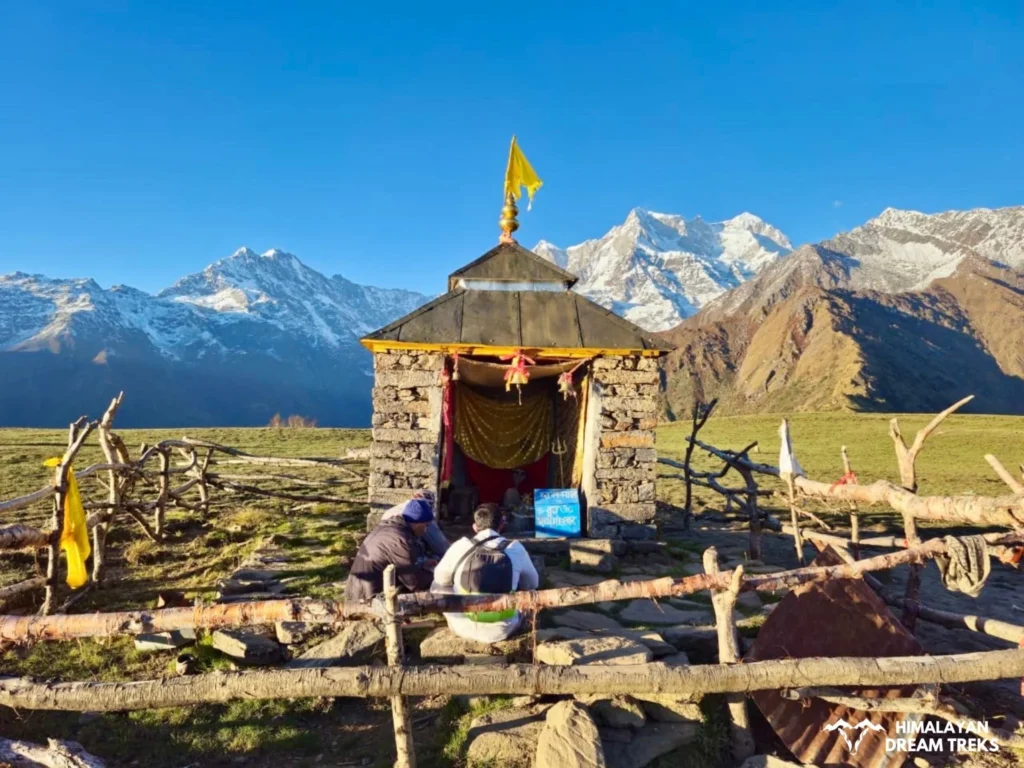
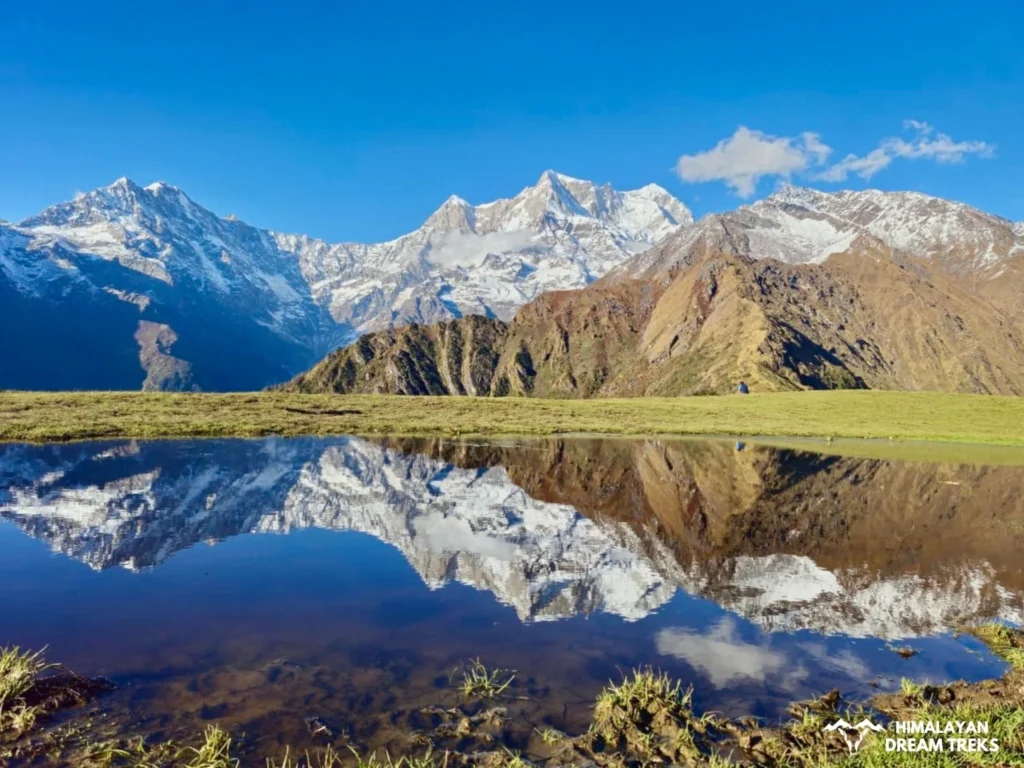
Begin your descent towards the Ransi Village through the trail you covered yesterday. Enjoy the lush greenery of the alpine forests and terraced fields of the villages. Take small stops for rest and refreshments at the small dhabas of the villages. After completing the 8-hour descent to Ransi, hire a cab or catch a bus to Ukhimath. It will take around 1 hour for you to reach this beautiful town. If time permits, visit the Omkareshwar Temple dedicated to Usha, Lord Shiva, Goddess Parvati, Aniruddha, and Mandhata at Ukhimath. Find a hotel to have your dinner and stay at night.
Trek Distance and Time: 8.8 km (round trip); 4-6 hrs
Drive Distance & Time: 25.3 km; 1 hr (Ukhimath to Chopta)
Chopta to Sagar: 36 km; 1 Hour
Altitude gain: 2,369 m/ 7,772 ft
Water and Refreshments: Carry at least two bottles; refill them and have refreshments at dhabas and tea stalls on the trekking route.
Difficulty Grade of today’s walk: Easy
Major Highlight/s of the day: Visit Tungnath, the highest temple of Lord Shiva situated at more than 11,300 ft.
Start your day early with an energetic breakfast. Today we will trek to Tungnath Temple, the shortest trek of the Panch Kedar circuit. Catch a bus or taxi to Chopta from Ukhimath. Enjoy the scenic 1 hr drive through the mountains.
As you approach Chopta, the height will make you feel like you are driving in the sky. The trekking route starts from the village through a big gate. If you want a horse or mule, you can hire them from Chopta. Start your trek after having refreshments at one of the dhabas in the village.
The trek starts through a well-marked cemented and stone-paved zigzag track through the dense forest. Tungnath’s switchback trail resembles a snake with 9-10 hairpin turns. Throughout the route, you can find small dhabas and Tapris to have tea breaks and fill water bottles.
The last leg of the trail takes you through a narrow stone path running between a vast meadow covered with velvet grass on both sides. As you approach the temple closer, you will find tea stalls and sweet shops. Tungnath translates to the lord of the peaks, justifying its name sitting atop a beautiful valley. The arms of Lord Shiva’s Bull form are worshipped here. Offer your prayers at the temple and let the beauty of the stone architecture mesmerize you. You can also find an adjoining temple of Lord Ganesha and idols of the Pandavas.
If you have some extra time, consider taking on the Chandrashila Trek (3,667 m). Its 1-1.5 km steep uphill trail starts from behind the main temple, taking you towards the summit. At the top, you will find a small Maa Ganga Temple which is said to be the place where Chandra Dev and Lord Rama meditated. This trek offers one of the best views, giving you the feeling of floating among the clouds. If the weather is clear, you can see the peaks of Nanda Devi, Trishul, Nandaghunti, Chaukhamba, Kedardome, Thalaysagar, Gangotri ranges, and Jahanukut.
Descend back to Chopta and then drive to Sagar Village. Unwind and relax at a homestay for the night in Sagar.

Trek Distance and Time: 8-9 km; 5-6 hrs (Sagar to Lyuti)
Altitude gain: 597 ft/ 181 m(Chopta: 9403 ft; Lyuti: 10,000 ft)
Water and Refreshments: Dhabas and stalls are available at Sagar and other stopping points on the trekking route.
Difficulty Grade of today’s walk: Difficult
Major Highlight/s of the day: Reach the Sagar Village to start the trek to Rudranath. Enjoy the quiet life of the mountain village and the lush grasslands at Lyuti Bugyal.
On the eighth day of our Panch Kedar Yatra, we will start for Rudranath from Sagar Village. Start your day early with a hearty breakfast and drive from Chopta to Sagar. The trekking trail for Rudranath starts from an entry gate in the village.
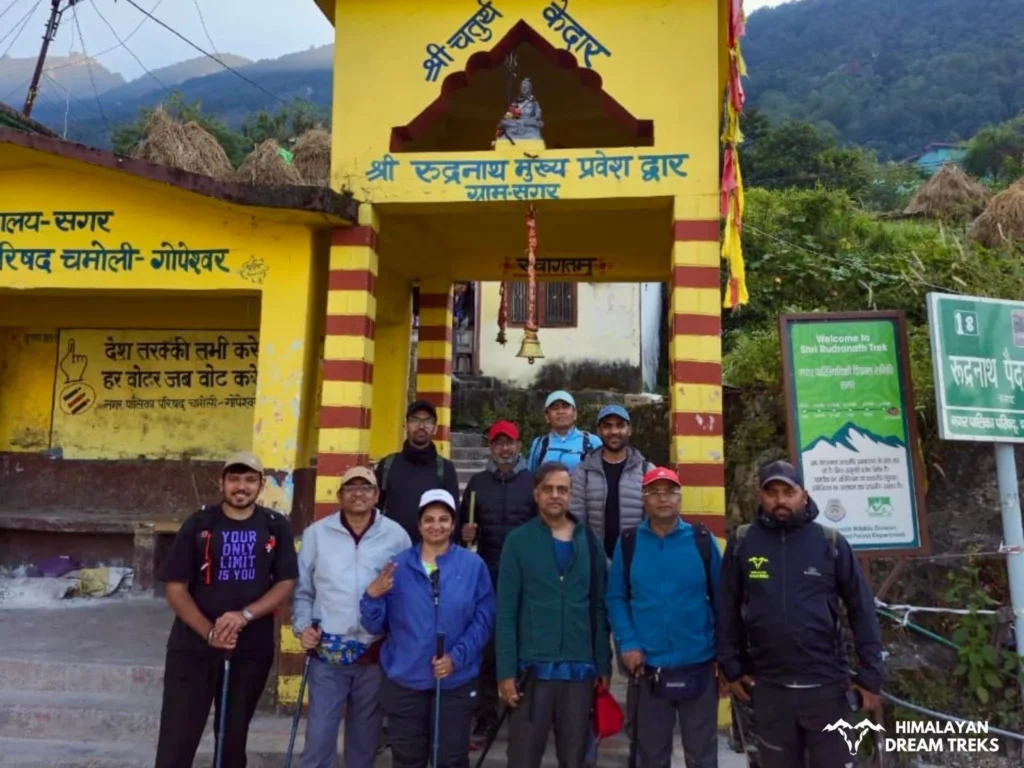
Rudranath is one of the most peaceful treks in Uttarakhand with less crowd. Its trail winds through lush green alpine vegetation and terraced fields of finger millets. After hiking for the first few km, we will reach our first stop, Chandrakoti. Have your tea and refreshments at one of the dhabas and fill your water bottles. An uphill climb of 2 km from Chandrakoti will take you to our second stop, Pung Bugyal. The vast grass field grazed by horses and mules will fill your heart with joy.
After resting, continue your 2 km further trek towards Ghimghima Pani, named after the sound made by water streams flowing here. On your way, you will pass through several small streams and bridges to cross them. The trail winds through dense Himalayan forests and vegetation. Throughout the route, you can find milestones indicating the distance covered. From here, a 3-4 km uphill trek on a steep gradient will take you to Lyuti Bugyal. The hike gets difficult so take appropriate breaks in between. You will pass through colourful flowers and vegetation on the trail. Do not forget to admire the beautiful views of the green valley below. At Lyuti Bugyal, you will find a few stay options where you can unwind and retire for the night.
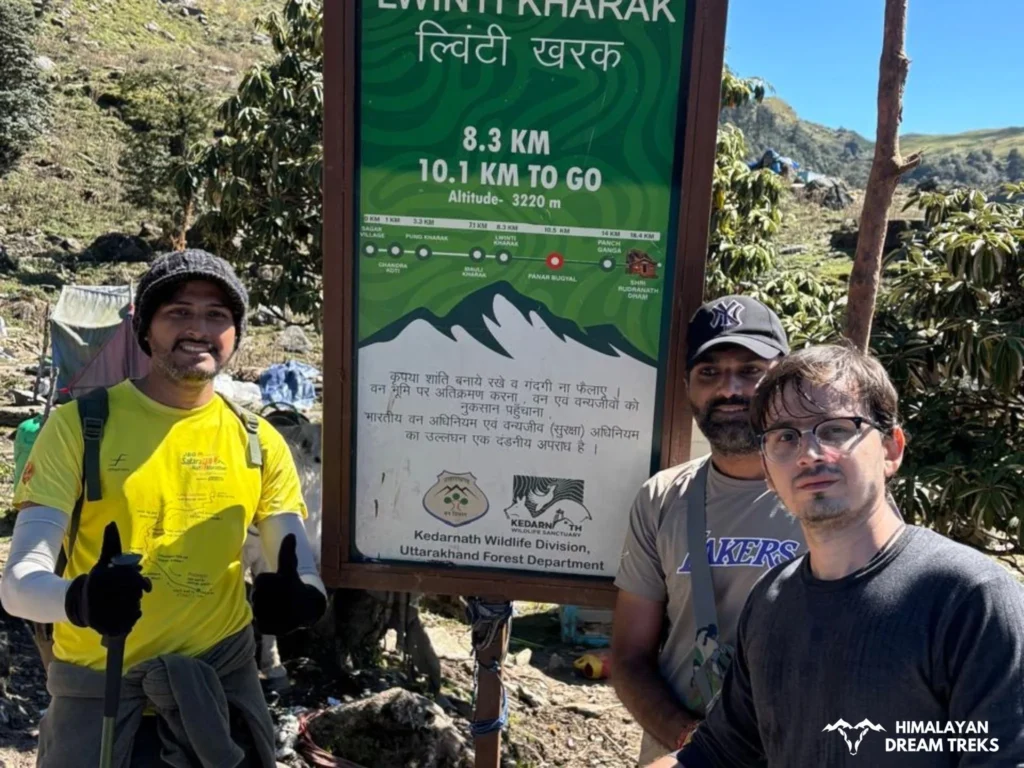
Trek Distance: 12.4 km (round trip); 9-10 hrs
Altitude gain: 7,903 ft/ 2,410 m
Water and Refreshments: Carry at least 2-3 litres of water and refill them at tea stalls near Rudranath.
Difficulty Grade of today’s walk: Moderate to difficult
Major Highlight/s of the day: Witness the divine aura of the fourth temple of Panch Kedar Yatra- Rudranath
Wake up early, have breakfast before you start your trek to Rudranath Temple. Fill your water bottles at Lyuti Bugyal, as after this point you may not find a dhaba or any water source. A 2 km uphill climb over the rugged path will take you to Panar Bugyal. The sheep grazing the soft grassland amidst the towering Himalayan peaks of Nanda Devi, Trishul, Nanda Ghunti, and Bandarpunch will remove your weariness. The snow on the peaks shining like silver in the sunlight will give you a heavenly experience.
As you leave Panar Bugyal, the forests will convert into vast alpine meadows and the trail will go towards the ridge lined with wildflowers and big boulders in between. Moving forward, do not forget to look back to catch the breathtaking views of the Panar Bugyal below. Continuing on the trail, you will arrive at Pitradhar, the highest point of the trek.
From Pitradhar, the trail goes downhill for the next 6-7 km. On your way, you will encounter Panj Ganga or Panch Ganga, about 1-2 km from Pitradhar. It is named after five water streams that you will find flowing one after another on the trail. The trekking route here is very narrow but gives breathtaking views of the surrounding ranges.
As you approach Rudranath Temple, you will find colourful wildflowers on the trail resembling the beauty of the Valley of Flowers. The flags and bells indicate the proximity to the temple with hotels and dhabas lining the path. Offer your prayers at the Rudranath Temple where people worship Lord Shiva’s face in the bull form.Sit and immerse yourself in the spiritual vibe of the temple bells and religious chants at the Shrine. Enjoy the beautiful sunset falling on the majestic peaks as you descend back to Lyuti Bugyal for your overnight stay.
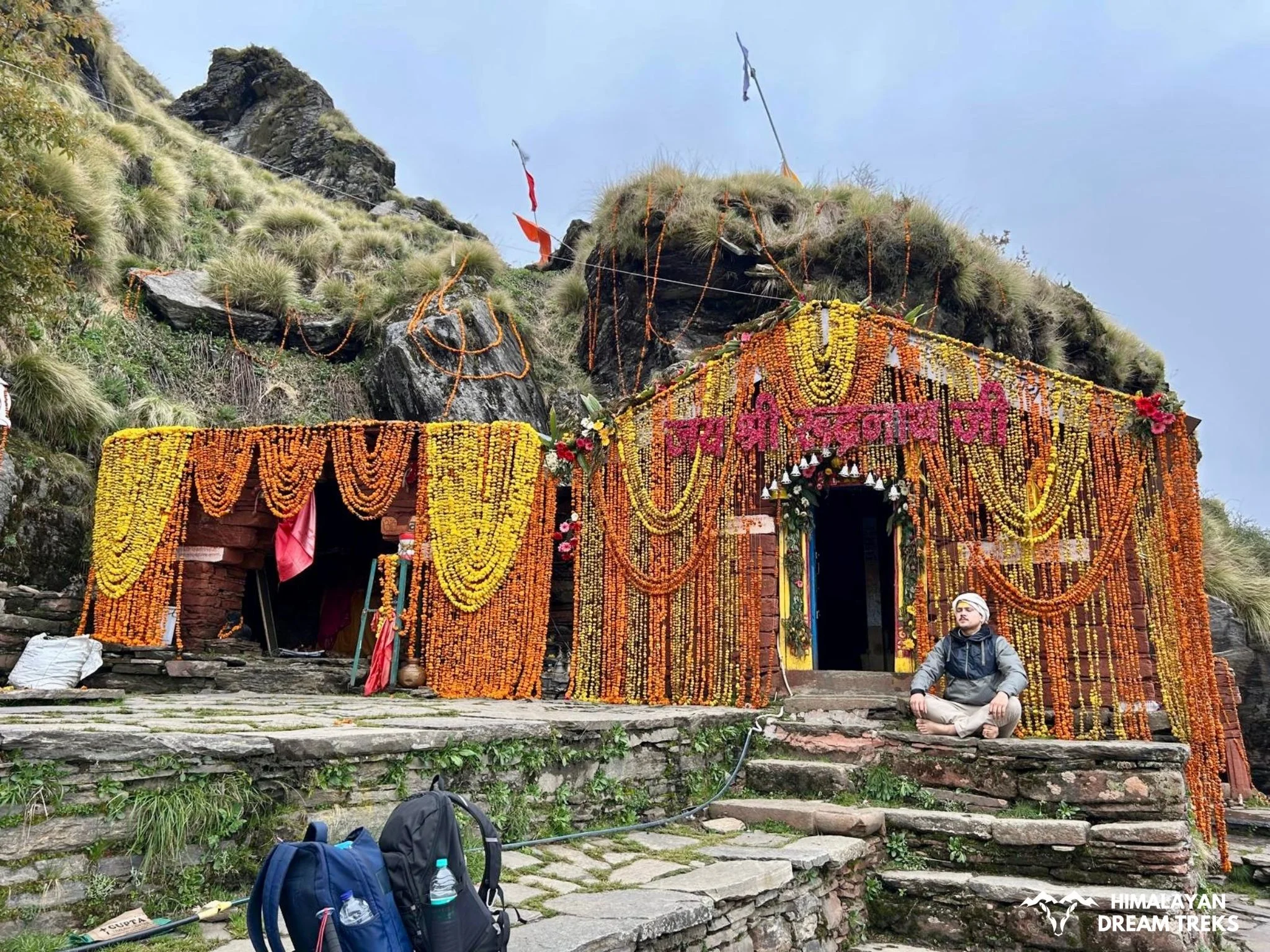
Trek Distance: 8-9 km; 5-6 hrs (Sagar to Lyuti)
Altitude Loss: 1,788 m/ 5,866 ft
Water and Refreshments: Fill your bottles at Lyuti and refill them at Sagar Village.
Difficulty Grade of today’s walk: Moderate
By the tenth day of our Panch Kedar Yatra, we have visited the four sacred shrines of Lord Shiva’s bull avatar.
Wake up early and enjoy the greenery of Lyuti Bugyal before descending to Sagar Village. Retrace your steps on the downhill trail, witnessing the lovely views en route. The descent can be tiring, hence we recommend an overnight stay in Sagar.
Check into an accommodation to have your dinner and retire for the night.
Drive Distance & Time: Sagar to Kalpeshwar (65 km, 2.5 hrs) + Kalpeshwar to Badrinath (66 km, 2-3 hrs)
Max altitude: Kalpeshwar – 7,290 ft (2,222m) | Badrinath – 10,827 ft (3,300m)
Water and Refreshments: Many tea stalls and hotels are available between Pipalkoti to Urgam Valley.
Difficulty Grade of today’s walk: Easy hike from Lyari/Devgram to Kalpeshwar
Major Highlight/s of the Day: Visit the last temple of the Panch Kedar Circuit – Kalpeshwar, enjoy the breathtaking views of Urgam Valley, and later drive to Badarinath (Badrinath), one of the holiest shrines of Lord Vishnu.
Start your day early after breakfast and drive towards Urgam Valley from Sagar. The 65 km drive takes around 2.5 hours, passing through Hailang before reaching the lush green terraced valley of Urgam. The road near Urgam Valley is muddy and broken with a few big and small boulders.
After reaching Devgram, park your vehicle and hike 200m down to Kalpeshwar Temple. Offer your prayers to Lord Shiva, worshipped here in the form of his sacred matted hair (जटा). Unlike the other Panch Kedar temples, Kalpeshwar remains open throughout the year. Near the temple, admire the scenic waterfall that flows into the Kalp Ganga River.
After the temple visit, return to Devgram and start the drive towards Badrinath via Helang, Joshimath, and Govindghat. The journey takes around 2-3 hours, passing through scenic mountain roads. Upon arrival in Badrinath, check into your hotel for an overnight stay. If time permits, you can visit Badrinath Temple for the evening aarti.
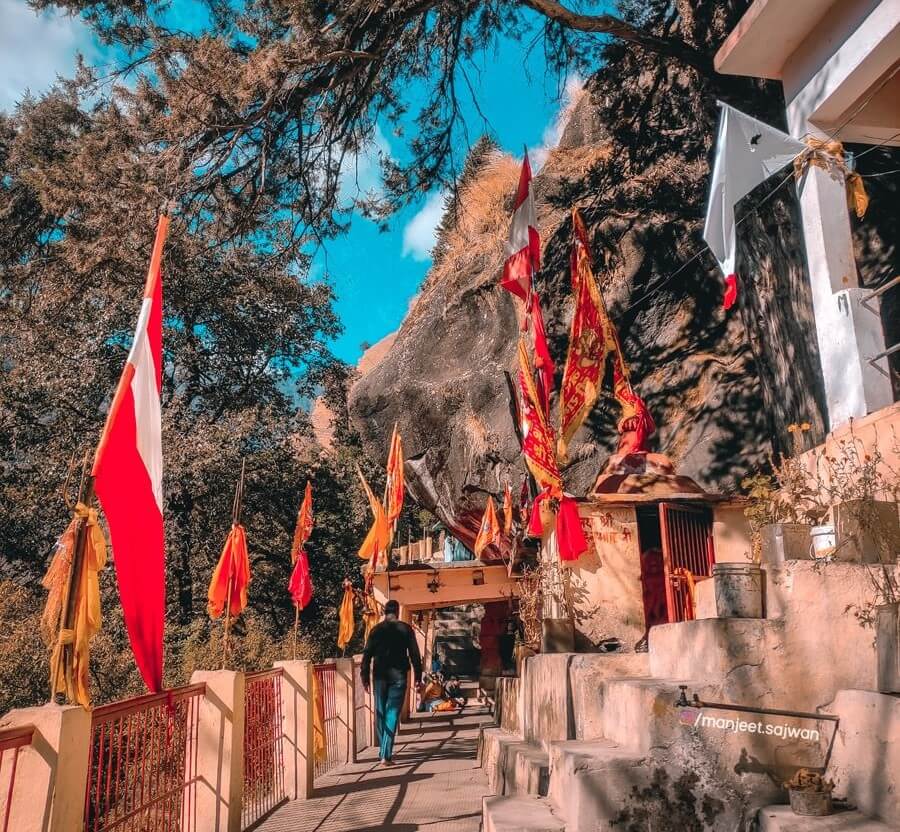
Drive Distance & Time: 286 km; 12-13 hrs (including mid-way breaks, traffic, etc.)
The twelfth day of our Panch Kedar Yatra marks the final leg of the spiritual journey. Wake up early and, if not visited the previous day, seek blessings at Badrinath Temple.
After breakfast, begin the long drive back to Rishikesh via Joshimath, Pipalkoti, Karnaprayag, Rudraprayag, and Devprayag. Enjoy the scenic landscapes of the Alaknanda River and confluences along the way.
This concludes the sacred yatra to the Panch Kedar Circuit.
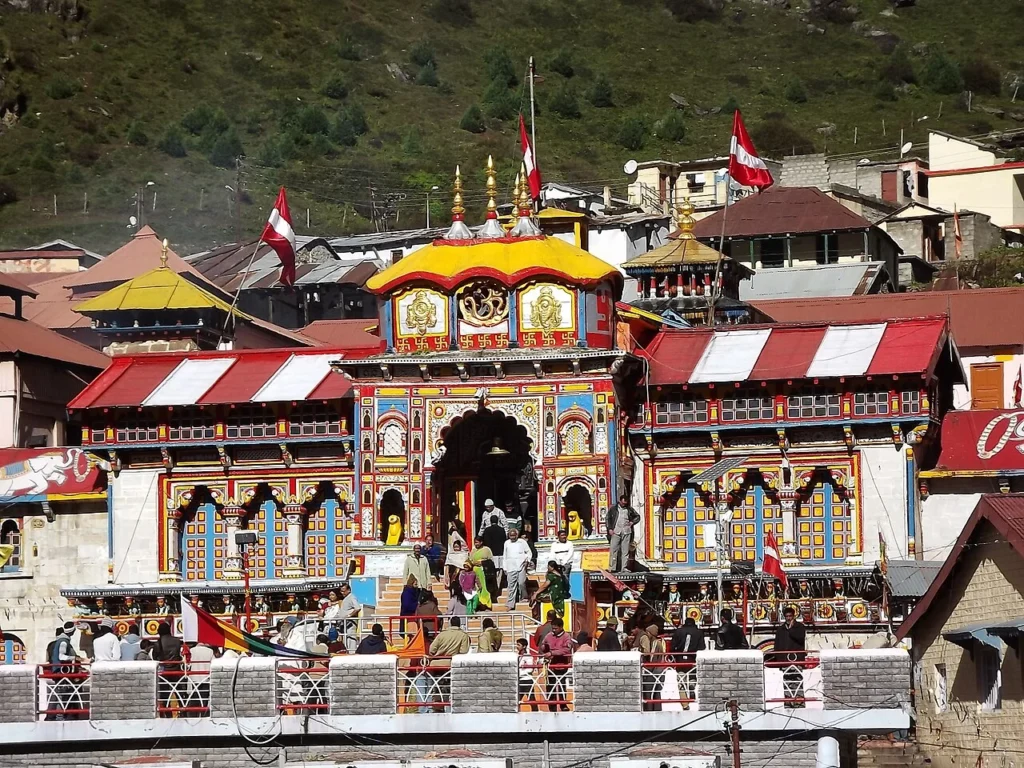
Panch Kedar Tour Package
Price Inclusion
Transportation: 12 days private Transport from Haridwar/Rishikesh and back.
Accommodation: Enjoy comfortable stays during your trek with accommodation in hotels, guesthouses, or dormitories, offered on a triple, or dormitory sharing basis. When camping, rest in spacious tents on triple sharing basis.
Meals: Daily breakfast and dinner as per the itinerary. Note: On Day 3 (Kedarnath) only dinner will be provided (no breakfast, due to early temple visit)
Permits: All necessary trekking permits and camping fees are included in your package, ensuring a hassle-free trekking experience with no hidden costs.
Trek Leader: Certified and Experienced trek leader for the entire Panch Kedar Route.
First Aid: Fully equipped first aid kit is available along with an oxygen cylinder, ensuring quick and efficient care if any health concerns arise during the trek.
Certificate: Completion certificate for the Panch Kedar Trek.
T-Shirt: Exclusive Himalayan Dream Treks (HDT) T-shirt.
Expert Assistance:
Have questions or need assistance? Our experts are available to help. Feel free to contact us at +91-8089693825 for any queries during your journey
Price Exclusion
Mules or Porters for Personal Bags: The cost of mules or porters to carry personal bags is not included in the package. However, this service can be arranged at an additional cost if required.
Emergency Costs: Any emergency-related expenses, such as medical treatments, evacuation, or unforeseen situations, are not covered under the package and will be the responsibility of the trekker.
Tips: While the trekking team strives to make your journey memorable, tips are not included in the package and are at your discretion.
Items Not Mentioned: Any costs not explicitly mentioned in the inclusion section (such as personal expenses, extra meals, or activities) are not covered in the package.
Stay at Rishikesh/Dehradun: The accommodation and meals in Rishikesh or Dehradun on the first and last day of the trek are not included in the package and should be arranged separately.
Lunch During The Trek: Lunch is not included in the package. You may purchase it on your own or make arrangements during the trek.
GST: A 5% Goods and Services Tax (GST) is applicable and not included in the package.
Things to Know Before Booking Your Panch Kedar Yatra
Stay & Accommodation: The Panch Kedar temples are located in remote and high-altitude regions with very limited accommodation facilities. Please understand that this journey is about experiencing nature and devotion, not luxury.
Sonprayag: 2 nights – Triple or quad sharing guesthouse
Kedarnath: GMVN dormitory or similar (4 to 6 sharing, near helipad)
Gaundhar: Triple or quad sharing
Madmaheshwar: Dormitory stay (basic accommodation)
Ukhimath: Triple or quad sharing
Sagar: Triple or quad sharing
Lyuti Bugyal: Tent stay (8–10 people in one large tent, as this is a forest zone with no permanent structures allowed)
Badrinath: Triple or quad sharing guesthouse
Total – 11 nights accommodation
Kedarnath, Madmaheshwar, and Lyuti: Dormitory-style stay
All other locations: Triple or quad sharing rooms with attached facilities wherever available
Meals: You will be provided simple vegetarian meals throughout the yatra — breakfast and dinner are included daily (as mentioned in inclusions).
Fixed Itinerary: Most stays and logistics are pre-booked in advance, so the itinerary cannot be changed or broken once the journey begins.
If any participant chooses to take a mule/pony or alter the route midway, they will have to manage and pay for their own stay and logistics from that point.
Nature & Environment: Many locations fall within protected forest and high-altitude zones where new construction is not permitted. Expect basic facilities but incredible views, peace, and authentic Himalayan experiences.
The trek leader and guide will continue as per the original itinerary with the trekking group.
Check the booking procedure here, including details on booking deposits, payment terms, refund and the cancellation policy.
Best Time to Visit Panch Kedar Temples
The optimal period for embarking on the Panch-Kedar pilgrimage is between May and October, as the doors of Kedarnath opens on the 25th of April and are the first ones to open. During this timeframe, pilgrims can access the main temples of Kedarnath, Tunganath, Madhyamaheshwar, and Rudranath as the weather is favorable and the paths are clear.
However, it’s crucial to note that from early November to mid-November, these temples are temporarily closed due to heavy snowfall, rendering them inaccessible.
Remarkably, Kalpeshwar Temple stands out as the exception among the Panch-Kedar temples. It graciously welcomes devotees throughout the year, with its doors remaining open even during the winter months when the other temples are closed due to the snowfall.
This unique feature allows pilgrims to seek the blessings of Lord Shiva at Kalpeshwar regardless of the season, making it a year-round spiritual destination.
Considering the weather conditions and climate patterns, below is a piece of detailed information on the Panch Kedar Yatra in various season:
| Attribute | Details |
| Temperature Range | 13° to 25° during the day |
| -3° to 9° at night | |
| Weather | Cold air with pleasant trekking conditions |
| Clothing layer required | Light thermals with fleece outer and jacket |
| Ideal for | Trekking in pleasant weather; Green trails |
| Special features | Lush forests with blooming rhododendrons and wildflowers; views of snow-clad peaks |
The summer months of May and June are the most popular seasons for the Panch Kedar Yatra. In the last week of April, the Kedarnath Temple reopens to pilgrims. You can still find significant snow at the Kedarnath Base Camp and the surrounding peaks. In June, you can attend the Badri Kedar Festival where you can experience the culture and traditions of the Devbhoomi. Celebrated for 8 days, this festival marks the union of Lord Shiva (Kedarnath) and Lord Vishnu (Badrinath).
This is the peak season for Kedarnath Yatra and you must plan properly before visiting this temple. The weather throughout the trail remains comfortable with a few pit stops where you can fill your water bottles. Due to the risk of avalanches in late summer, the registrations for visits are often temporarily closed. Therefore, keep an eye on the news and weather forecasts when planning your trip.
Between May and June, the other temples of the circuit- Tungnath, Madhmaheshwar, and Rudranath are also reopened for the devotees with Kalpeshwar accessible throughout the year. These months offer comfortable trekking conditions with favorable and pleasant weather. Visit the Panch Kedar during this season to experience the crisp air hitting your face as you trek through the lush alpine forests. The blooming flora and the chirping of birds enhance the divine beauty of these temples.
Note: Carry sunglasses, a hat, and sunscreen to shield yourself from sunburn while trekking at higher altitudes. The occasional rains are very common during this time, so keep a hooded raincoat handy.
During this season, the small villages along the Panch Kedar circuit’s trails become abuzz with tourist activities. For a more immersive experience, interact with the locals and enjoy their Pahadi cuisine at small homestays. The chantings from temples and the bhajans playing in the local shops will give you strength throughout your journey. Overall, summer is the best time to attempt the Panch Kedar Yatra if you want to travel with family and prefer pleasant weather.
| Attribute | Details |
| Temperature Range | 8° to 21° during the day |
| -6° to 9° at night | |
| Weather | Cold winds during the day with chilly and sometimes sub-zero temperatures at nights |
| Clothing layer required | heavy thermals with fleece outer and windproof and padded jacket |
| Ideal for | Scenic views of the peaks and valleys, photography enthusiasts, fewer crowd |
| Special features | Golden landscape, picture-perfect scenery, |
During the monsoon due to excessive rainfall and the risks of flash floods and landslides, we do not advise you to attempt this Yatra. The registrations for Kedarnath Yatra are usually closed between July to August for the sake of the safety of visitors.
We recommend attempting the Panch Kedar Yatra after the retrieval of monsoon, between September and October if you prefer cooler weather and a quieter environment. In September, you can experience the post-monsoon beauty of the Himalayan forests with the earthy smell filling the atmosphere. The temperature ranges from 20℃ during the day to 3-4 ℃ at night, making it comfortable for the visitors. The river streams of Mandakini, Madhu Ganga, Morkhanda, and many other small waterfalls become full, flowing with great speed. However, you must keep an eye on the weather forecasts, as unpredictable rains are very common during this month.
The arrival of October brings the beauty of autumn to the trails of Panch Kedar Yatra. The green forests set amidst the tall peaks and valleys transform into golden-brown hues. The festival of Diwali adds another layer of awe when it comes to the five divine temples of Lord Shiva. It is celebrated with great pomp and the temples are decorated with yellow and orange marigold garlands. At Kedarnath Temple, the festival of lights brings an unparalleled experience for the visitors. The oil lamps lighting the temple premises with snow-covered peaks in the background will surely leave you mesmerized.
If you plan to visit during this time, expect an average temperature ranging from 14℃ during the day to sub-zero temperatures at night. Carry appropriate woolens to protect yourself from chilly nights. This is the perfect time if you want to experience this spiritual journey away from the crowd and cheaper accommodation prices.
After October, the arrival of winter brings very harsh weather to the Panch Kedar circuit. Four out of five temples are closed due to road blockages and unfavorable trekking conditions. The locals also shift towards the lower altitude and most of the villages become deserted. Hence, Panch Kedar Yatra during winter is not recommended.
It is not recommended to visit during the off-season like winter or monsoon.
Difficulty Level of the Trek
The Panch Kedar temples offer varying levels of trekking difficulty. Rudranath is regarded as the most challenging trek, while Kedarnath and Madmaheshwar are moderately difficult. Kalpeshwar and Chopta Tungnath, on the other hand, are the easiest to access.
Kedarnath: Suitable for All Levels – This pilgrimage destination offers a trek that falls within the easy to moderate range, making it accessible to a wide range of travelers.
Madhyamaheshwar: Approachable for All – The trek to Madhyamaheshwar is characterized as easy to moderate, accommodating both novice and moderately experienced trekkers.
Tunganath: Beginner-Friendly – Tunganath is a great choice for those with varying trekking experience, as it is categorized as an easy to moderate trek.
Rudranath: Moderate to Challenging – This trek poses a moderate to difficult level of challenge, making it suitable for trekkers with some prior experience and a good fitness level.
Kalpeshwar: Easily Accessible – Kalpeshwar stands out as an easily reachable destination, offering a straightforward trek suitable for trekkers of all skill levels.
Preparation for the Trek [Physical Fitness, AMS]
Treks are all about fun, adventure, finding yourself, etc, but only for those who are mentally and physically fit. Because activities like treks, especially a Himalayan trek, challenge you on different levels in unimaginable ways and situations.
Panch Kedar Yatra falls under difficult level trek depending on your chosen time of the year.
Being fit is like being equipped with the right weapons for a battle. With a fit body and strong mind, you can make the most out of your Panch Kedar Yatra.
You should be able to do the following-
- It requires a basic fitness level, where you should focus on building your stamina and strength. Start with walking/running and include a 45-minute to 1-hour workout (cardio + strength training).
- A level-up in a fitness routine is required for an easy to moderate level trek like start aiming to run 5 km in under 40 mins, and strength training is a must.
Mental preparation includes thorough research of the trek you want to do or decide to. Understand the terrain, difficulty level, and the ways to get fit for it, look up for sudden situations that may happen, and how to tackle them. Being prepared gives you an edge to keep calm & handle a difficult situation.
Exercises to achieve the required fitness goal
- Cardiovascular Training: Running, cycling, and swimming to boost stamina.
- Strength Training: Focus on leg exercises like squats, lunges, and step-ups for endurance.
- Core Strength: Planks, mountain climbers, and Russian twists to maintain balance on uneven trails.
- Flexibility Exercises: Stretching, yoga, and dynamic warm-ups to prevent injuries.
- Mental Conditioning: Visualisation techniques, breathing exercises, and meditation to strengthen focus and manage stress on difficult days.
Tip: For moderate to difficult-level treks, practise exercises with weights. Seek professional advice accordingly.
Extra Tips related to the diet, muscle recovery, and healthy lifestyle routine;
- Diet: Incorporate proteins like lentils, chicken, eggs, tofu, etc for fast recovery after a strenuous trek. Whole grains like wheat, quinoa, barley, etc for sustained energy, and leafy greens like spinach, bitter guard, and any seasonal veggie for those extra nutrients and building the immunity system.
- Muscle Recovery: Plan rest days and add stretching, relaxing yoga poses or foam rolling after every workout.
- Lifestyle Routine:
- Limit alcohol and caffeine consumption.
- Start sleeping upto 8 hours.
- Stay hydrated – drink 2 to 3 liters of water. To incorporate more nutrients, including coconut water, fruit, and vegetable juices.
Altitude Sickness happens when your body cannot adjust to lower oxygen levels at higher altitudes. This happens mainly because your body doesn’t have enough time to acclimatize to a higher altitude or not enough time to get used to lower oxygen levels.
How to Prevent AMS –
- Gradual Ascent: Climb slowly to give your body time to adjust.
- Hydration: Drink plenty of water to prevent dehydration.
- Rest and Sleep: Ensure ample rest, especially as you reach higher camps.
- Avoid Alcohol: Limit alcohol and caffeine, which can lead to dehydration.
What to do –
- Most Important – Inform your trek leader as well-trained leaders and experience they can assess the situation better and find solutions faster.
What trek leader may suggest? Trekkers without agency should also know these instructions –
- Stop and Rest: Pause your trek to recover.
- Descend if Necessary: Descend immediately to Nearby Basecamp, our team with the vehicle and necessary help will be there for further action.
- Stay Hydrated: Drink water and avoid strenuous activity.
- Seek Medical Help: After descending our team will take you to the nearest hospitals if needed. If solo, then descend and seek the closest medical help.
Trek Essentials [What to Pack]
- 45-60 Ltr Bag Pack With Rain Cover & Comfortable Straps
- Hot and Cold Water Bottle Like Borosil and Milton
- Energy Bar, Dry Fruits, and ORS
- Personal Medical Kit
- 1 Pair of Sunglasses (UV Protected)
- 1 Neck Gaiters (Buff)
- Tiffin Box
- 2/3 Full Sleeves (Non-Cotton)
- 1 Full Fleece T-Shirt
- 1 Fleece Jacket (Woolen or Sweater)
- 1 Down Feather/ Hollofil Jacket
- 1 Waterproof Jacket/ Poncho
- 1 Pair of Thermal Inners (Upper and Lower)
- 2 Trek Pants (Avoid Shorts and Denim Pants)
- 1 Pair of Waterproof Gloves
- 1 Pair of Woolen Gloves
- Sun Cap
- Woolen Cap
- 4 Pairs of Cotton Socks
- 1 Pair of Woollen Socks
- 1 Waterproof and High Ankle Trekking Shoes
- 1 Pair of Floaters
- Hand Sanitizer and Sunscreen Lotion
- Toothbrush and Toothpaste
- Toilet Paper
- Quick Dry Towel
- Lip Balm and Antibacterial Powder
- Moisturizer
- Aadhaar Card, Pan, or Passport for Applying Permit
- Trek Insurance
- Medical Certificate
- Self-Declaration Form
- Sleeping Bag
- Common Tent
- Mattress
- Dining Tent
- Camping Stool
- Walkie Talkie (For Team)
- Utensils
How To Reach Rishikesh (starting point of the tour)
The nearest airport to start Panch Kedar Yatra is Jolly Grant Airport, Dehradun which is located approximately 15 kilometers from Rishikesh. Several flight operators like Air India, Akasa Air, Vistara, and others operate flights to Dehradun, which makes your transportation easy and comfortable.
It is recommended to book a flight at least a month before traveling since the last moment flight booking is comparatively higher than the standard price. Considering the cost, we recommend you to take flights to Delhi, capital of India first. From there, you can take UTC, HRTC, buses, railway or hire a taxi to reach Rishikesh.
Rishikesh, the spiritual hub of Uttarakhand, is well-connected by train. The nearest railway station is Haridwar Junction, located around 25 kilometers away. Haridwar is linked to major cities like Delhi, Dehradun, Mumbai, and Kolkata via frequent trains. From Haridwar, travelers can take buses, taxis, or auto-rickshaws to reach Rishikesh. Direct trains to Rishikesh Railway Station are limited but available from nearby locations. For a hassle-free journey, opt for a train to Haridwar and then a short road trip to Rishikesh.
Road trip is one of the most exciting journeys to reach Rishikesh and start the Panch Kear Yatra with further road trip to the starting point Gauri Kund. It should not be any challenging matter since the city is connected with other major cities like Delhi and Chandigarh by National Highways.
It might be time consuming but the serene beauty of the Himalayan foothills will offer you a enjoyable experience.
From Rishikesh take a bus to Karanprayag and from there change buses for Tharali. Tharali is connected to Loahjung and local taxis are available. Alternatively, you can also reach Lohajung via Haldwani. From Haldwani, take a bus to Tharali and from Tharali take a taxi to Lohajung.
Panch Kedar Map
The route map of Panch Kedar Yatra usually follows these steps: Rishikesh → Gauri Kund → Kedarnath Temple → Back to Gauri Kund → Ukhimath via Gupkashi → Madmaheshwar → Back to Ukhimath → Chopta → Tungnath → Sagar → Panar Bugyal → Rudranath Temple → Back to Sagar → Kalpeshwar → Pipalkoti → Back to Rishikesh.
To reach the Panch Kedar from Delhi, one needs to reach the starting point of Rishikesh. One can easily travel from Delhi to Rishikesh with various travel options. The complete route of the Panch Kedar Yatra is 95 km from Rishikesh to Rishikesh in a loop or circuit, excluding any driving distance, and is well plotted on this map showing all temples, trekking routes, walking distances, and elevations. Let’s find out useful insights outlined in the map and make your journey of the Panch Kedar Yatra more transformative with this map guide.

Current Weather & Temperature
More Info about Panch Kedar
Detail on mythological stories related to Panch Kedar
Let’s explore in detail:
Flora
Rhododendron Forest: If you travel during the Spring season, the vibrant colors of the rhododendron forest will attract you for sure. There are two types; classic red and pink rhododendrons found in this region. During your trek, you can not only enjoy the colorful environment of the blossoming flowers but also get Burans Juice in the village.
Ancient Oaks and Deodars: The trekking trail to this destination is not only dominated by colorful rhododendron trees but also with oaks and deodars. These trees in the lush forests stand tall to the sky and offer shade during the afternoon trek.
Grasslands: Trail of Panch Kedar Circuit is a mix of vegetation. There are lots of forest areas while the grasslands also come in the major attraction roles. The green meadows in the grasslands offer a perfect place for pastureland.
Fauna
Monal: The Monal Bird is the state bird of Uttarakhand and it is one of the endangered species as well. It belongs to the pheasant family which comes in mixed color patterns that attract most human eyes.
Ibex and Forest Sheep: Forests on the Sagar are also a common habitat for ibex and forest sheep. The grasslands around the trail are the pasturelands for these wild animals. Encountering them during your trek will undoubtedly be a great experience.
Brown Bears and Leopards: Brown bears and leopards are another endangered animal species found in Panch Kedar Yatra of Uttarakhand. So it might not be a common thing to spot their presence during your trek. And most importantly, they avoid human activities and encroachment, so it is hard to spot them during this journey. But if you encounter them, do not disturb them.
- Triyugi Narayan Temple
- Anusuya Devi Temple
- Chandrashila Peak
- Deoriatal
- Dhari Devi Temple
SCI, Foreign Permit & Vehicle
HDT is registered with the IMF, and we can cater to the needs of SCL for Government Employees. According to the rule, the government of India provides its employees with a prospect where they’re allowed to apply for a 30-day special casual leave in a calendar year to do trekking, hiking, or whatever adventure pleases them.
Mail us at info@himalayandreamtreks.in or call us at +91 80896 93825, if you want to avail SCL.
For foreign nationals, permit charges are different, and hence the overall package price is different for foreign trekkers. Connect with us before booking your trek.
- For 4-6 people Ertiga/Bolero or equivalent vehicle.
- For 7 or more people, Force Traveller.
FAQs
The Panch Kedar temples vary in difficulty levels. Rudranath is considered the toughest trek among them. Kedarnath and Madmaheshwar are moderate in terms of difficulty. The easiest ones to reach are Kalpeshwar and Chopta Tungnath.
During the Panch Kedar Yatra, you can witness stunning views of various Himalayan peaks, including Kedarnath, Neelkanth, Chaukhamba, and more, depending on the temple you visit.
You will come across ATMs in various towns during your Panch Kedar Yatra. However, it’s advisable to carry sufficient cash or make transactions in Rishikesh before embarking on the journey.
Charging points may be limited during the trek, so it’s recommended to carry a power bank for your electronic devices.
Yes, horses are available for trekking to Kedarnath and Rudranath temples. Other pilgrimage sites of Panch Kedar Yatra, such as Tungnath, Kalpeshwar, and Madhamaheshwar, do not require horses, as these temples can be completed with ease.
The five temples of the Panch Kedar Yatra can be visited in any order. However, the pilgrimage typically begins at Kedarnath, the most prominent temple among the Panch Kedar Temples, and proceeds sequentially to Madhamaheshwar, Tungnath, Rudranath, and Kalpeshwar. This sequence is most suitable according to physical ability. Although many pilgrims start this religious journey from Kalpeshwar and finish at Kedarnath, this sequence may suit those who consider reaching Kedarnath a special achievement. However, not having enough time to acclimatize to this sequence can be very challenging because the Rudranath Temple, considered the most difficult leg, comes right at the beginning. Hence, the most appropriate order is to start from Kedarnath temple and finish the journey at Kalpeshwar temple.
The body part of Lord Shiva that is worshipped in Kedarnath is his hump. The Shiva Linga in the Kedarnath temple is a medium-sized, rough, conical stone located in the sanctum sanctorum and represents the “Sadashiva” form of Lord Shiva, which is his supreme form. Triangular in shape like the back of a bull, this linga is believed to be the hump of Shiva. This temple is one of the twelve Jyotirlingas and has a prominent place among the Panch Kedar temples, whose mystery is associated with the Pandavas.
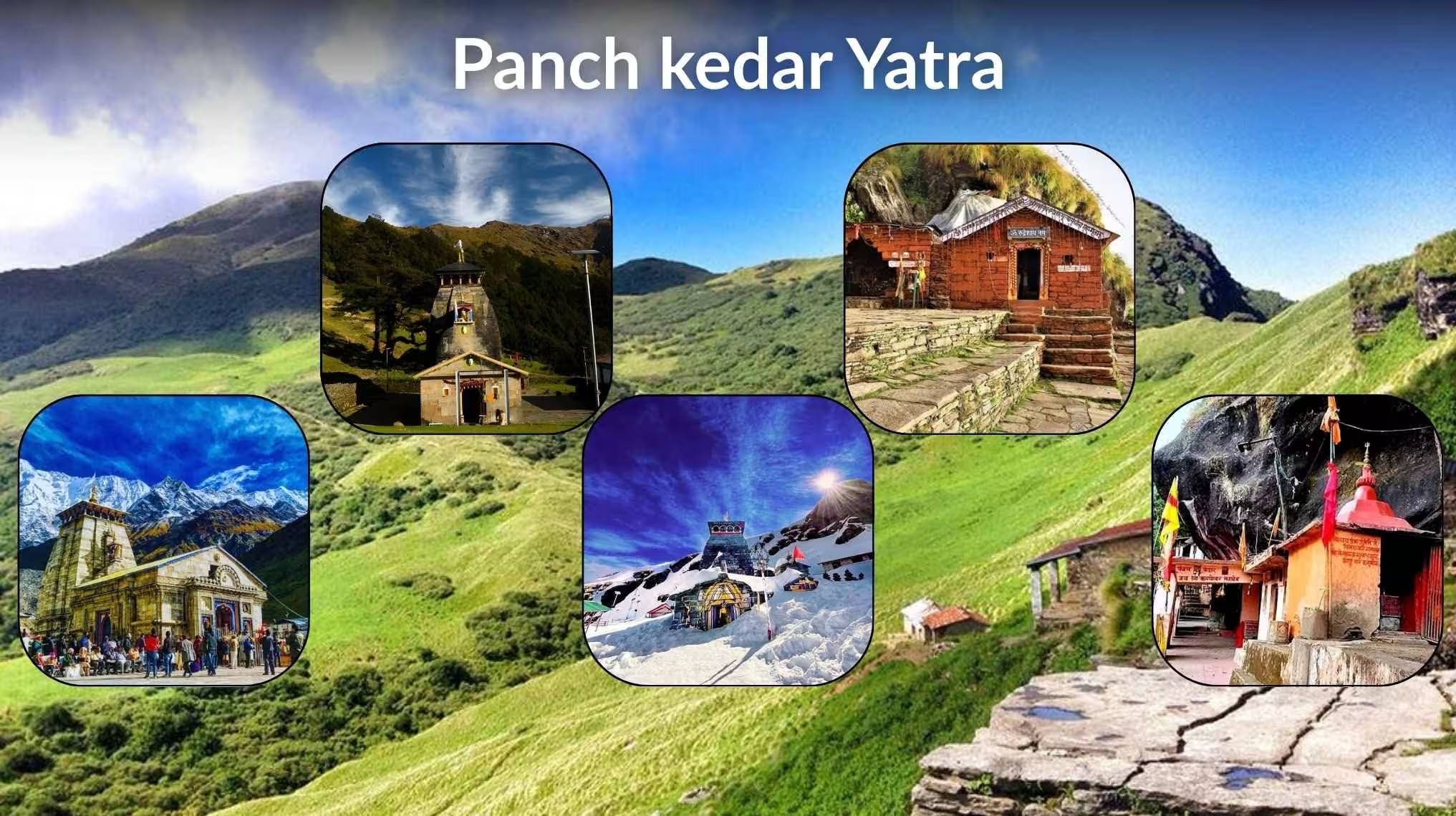

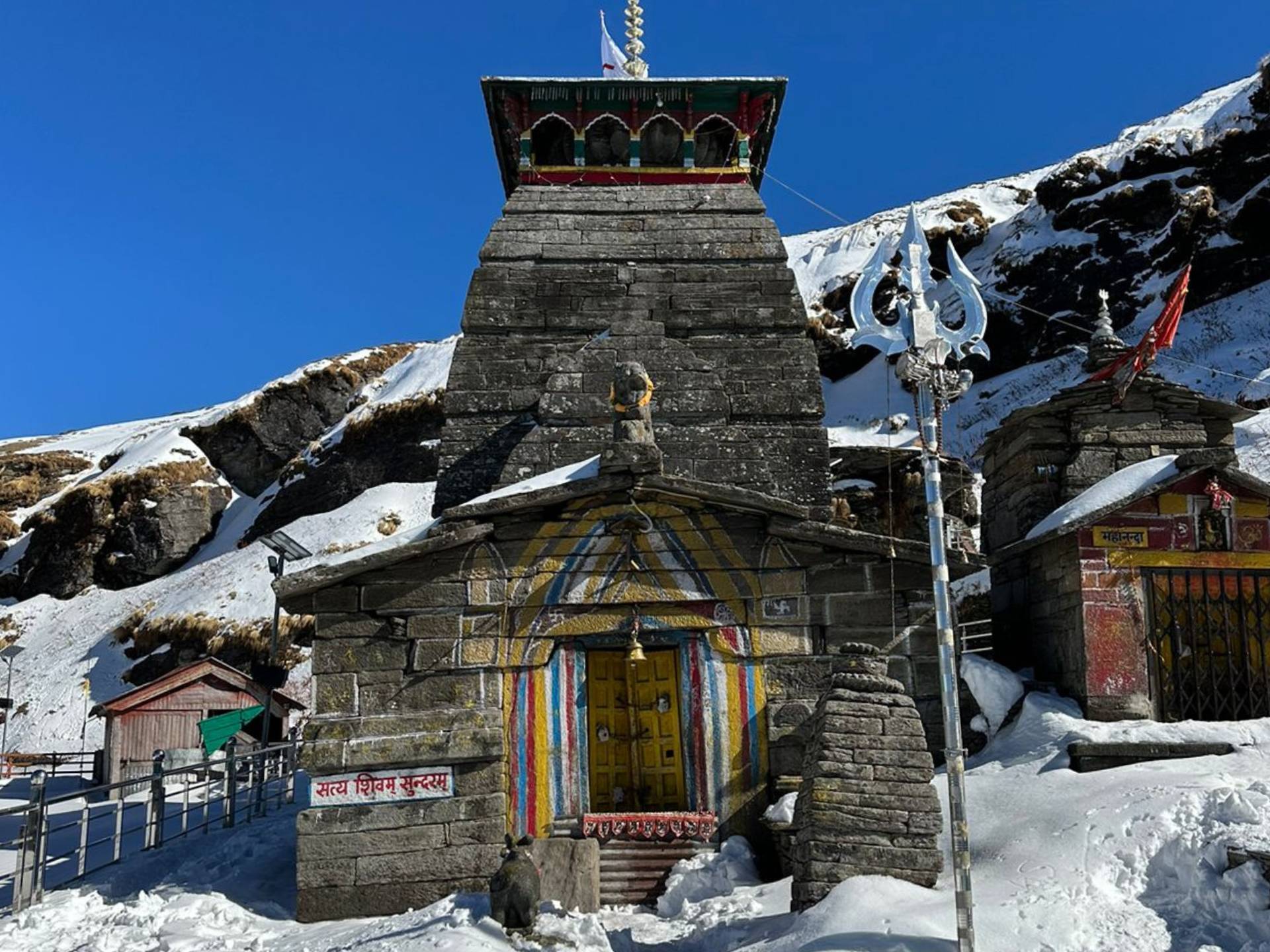
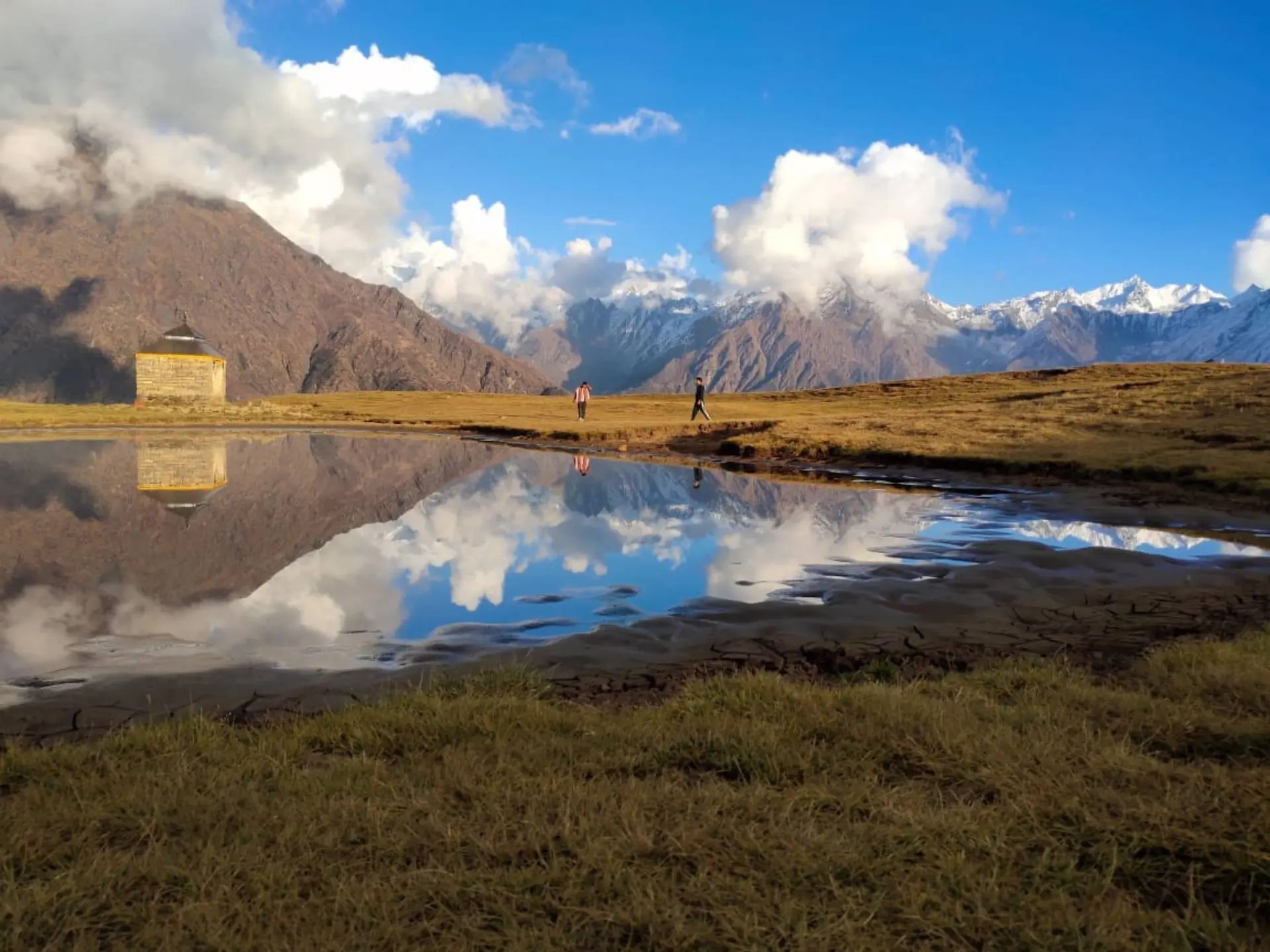
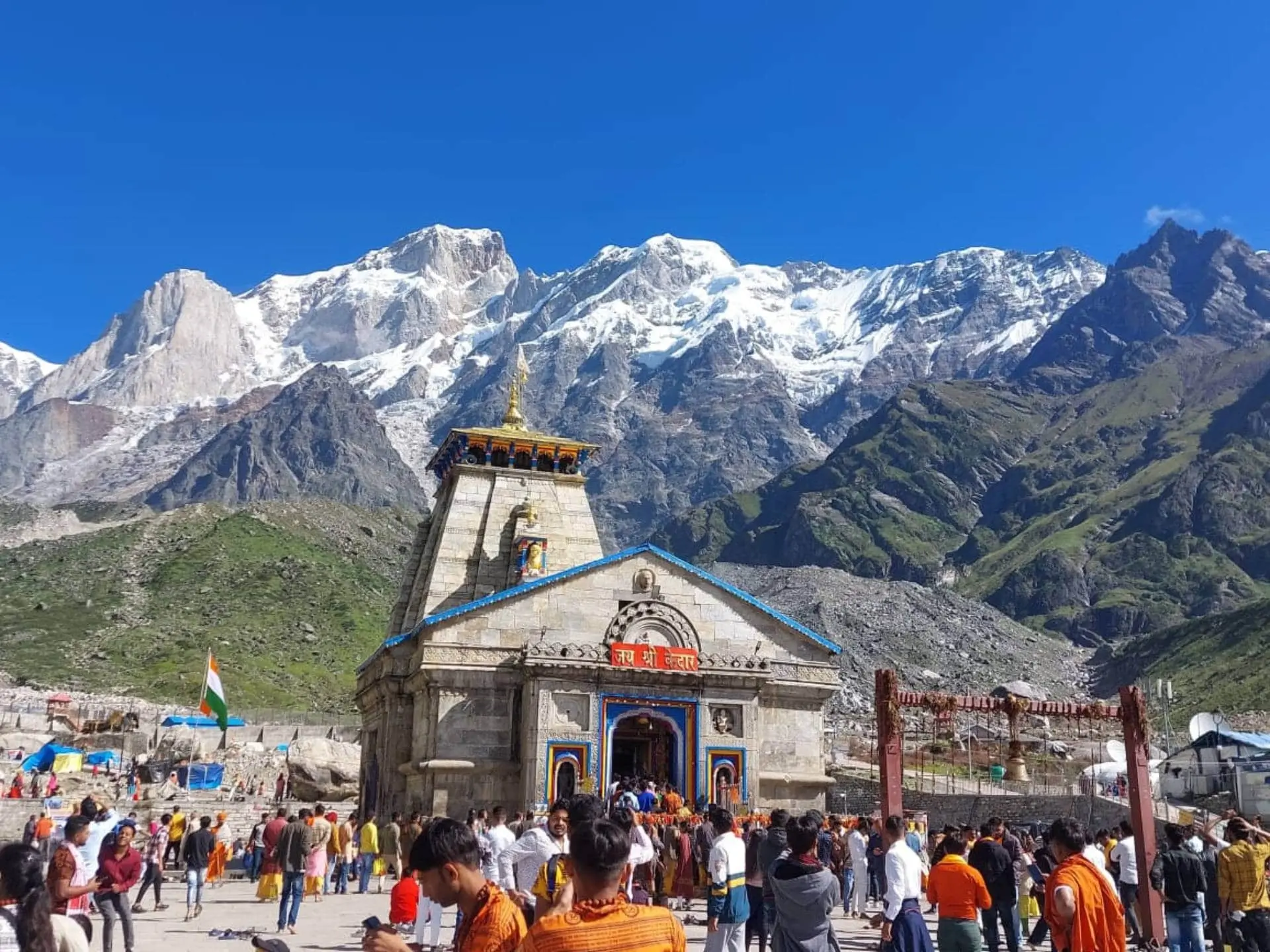
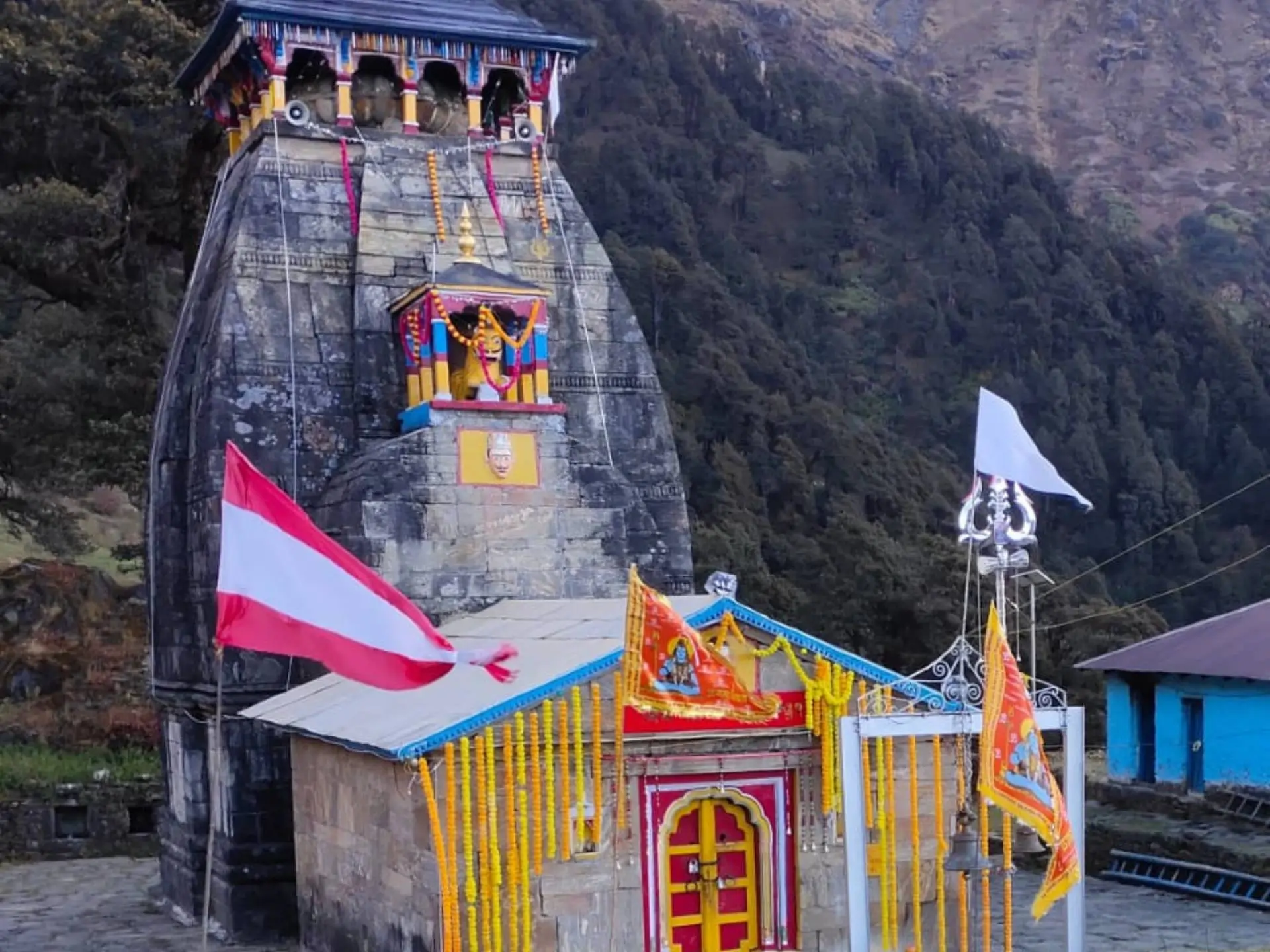

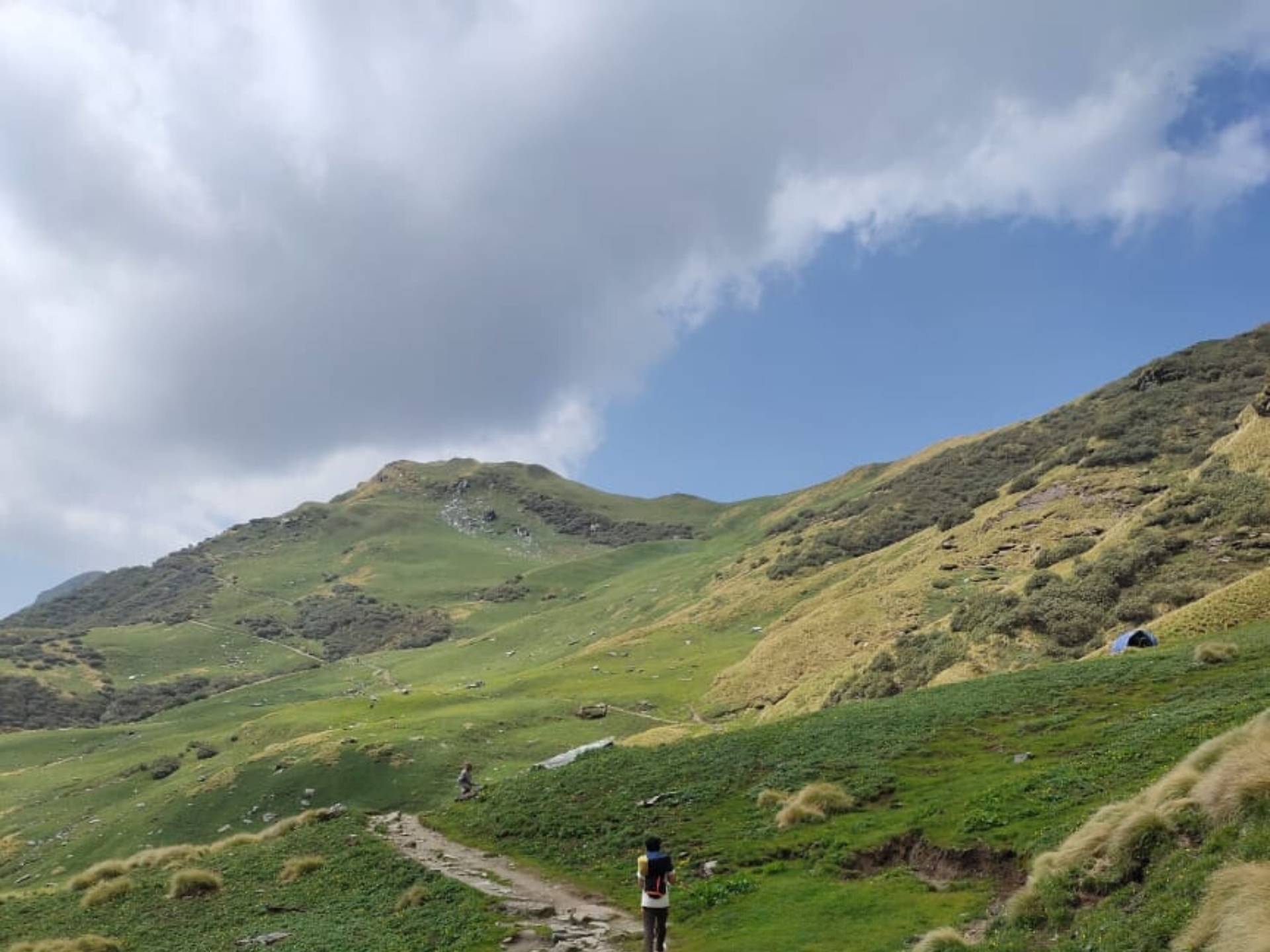
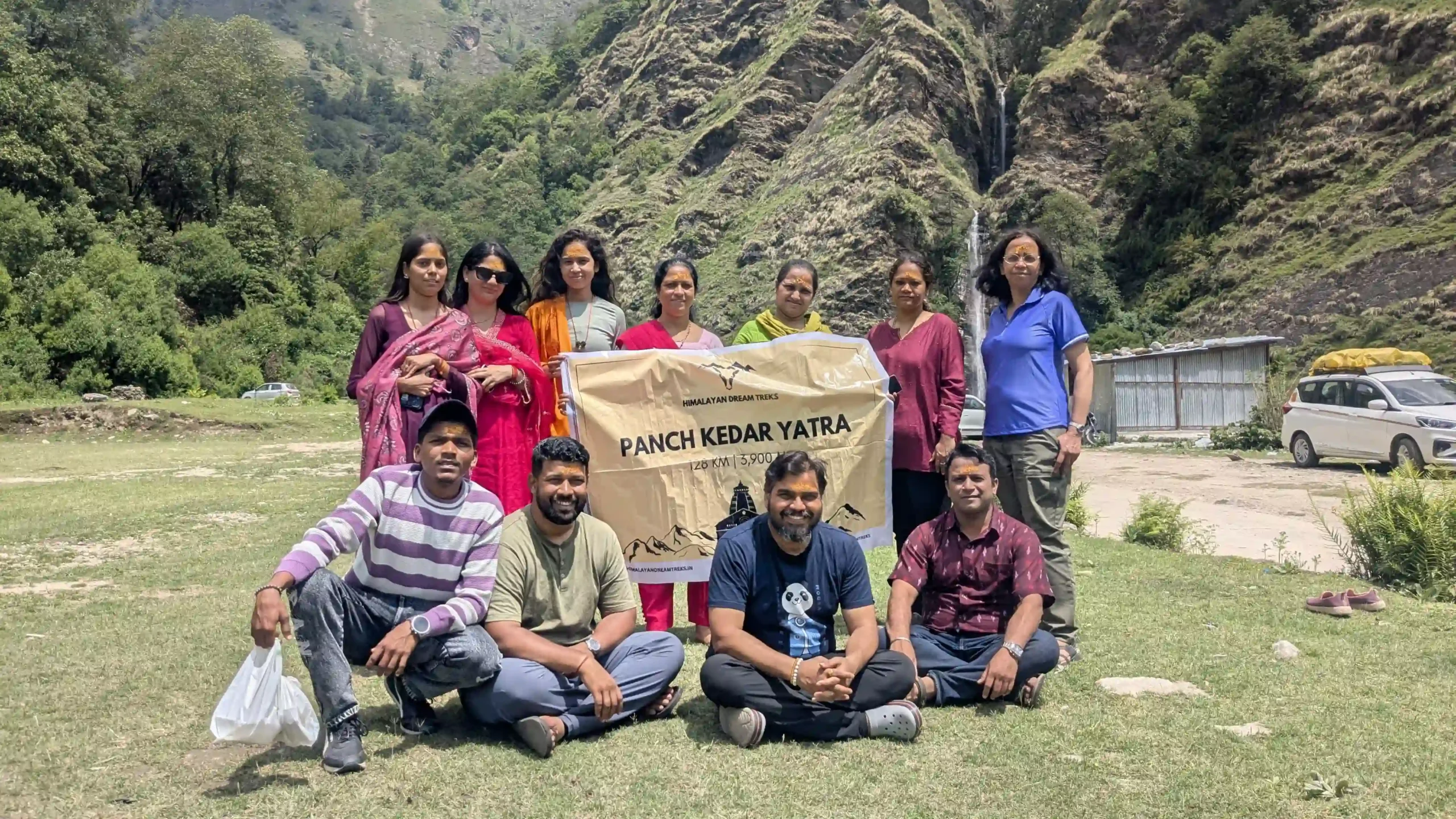
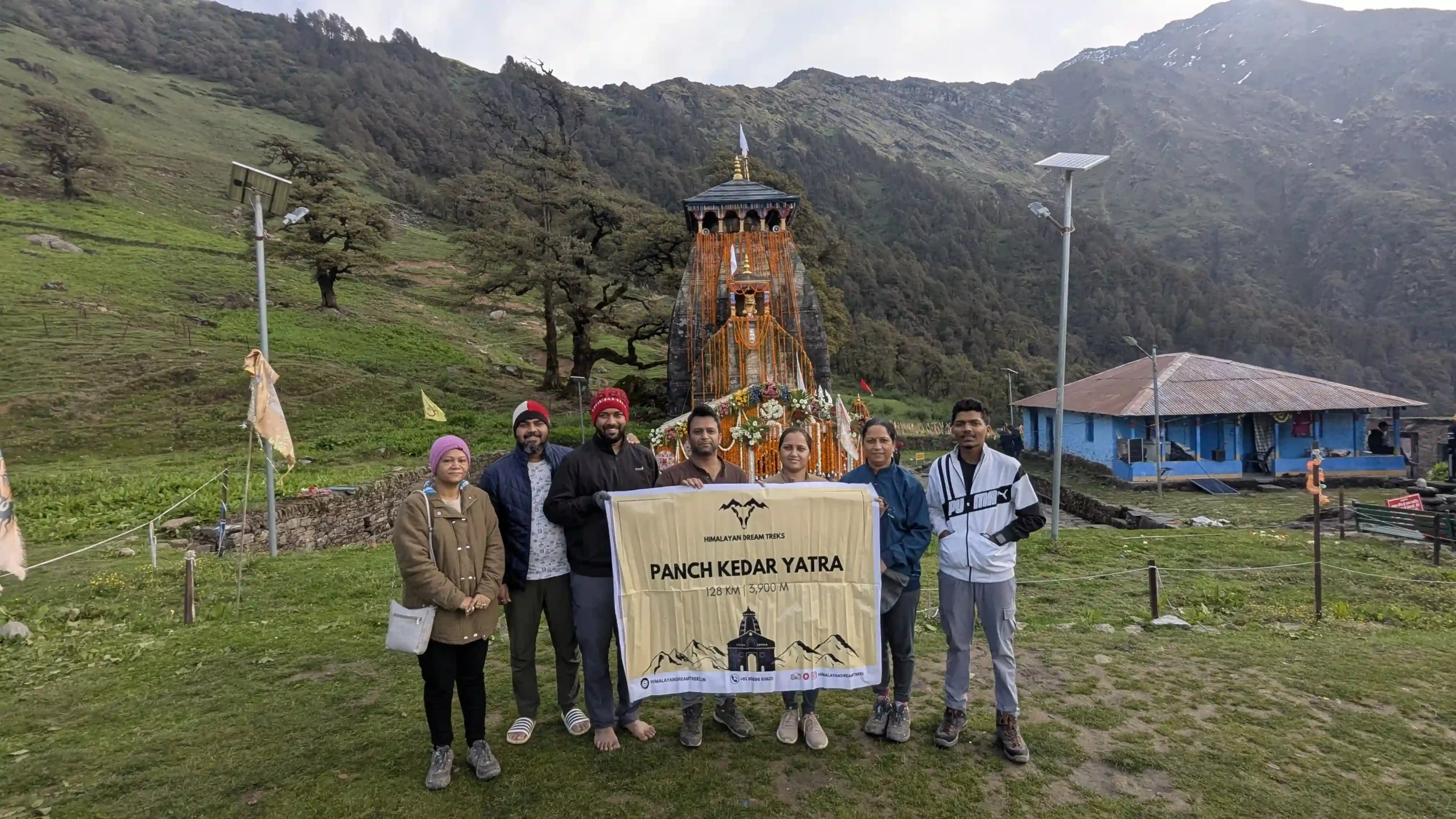
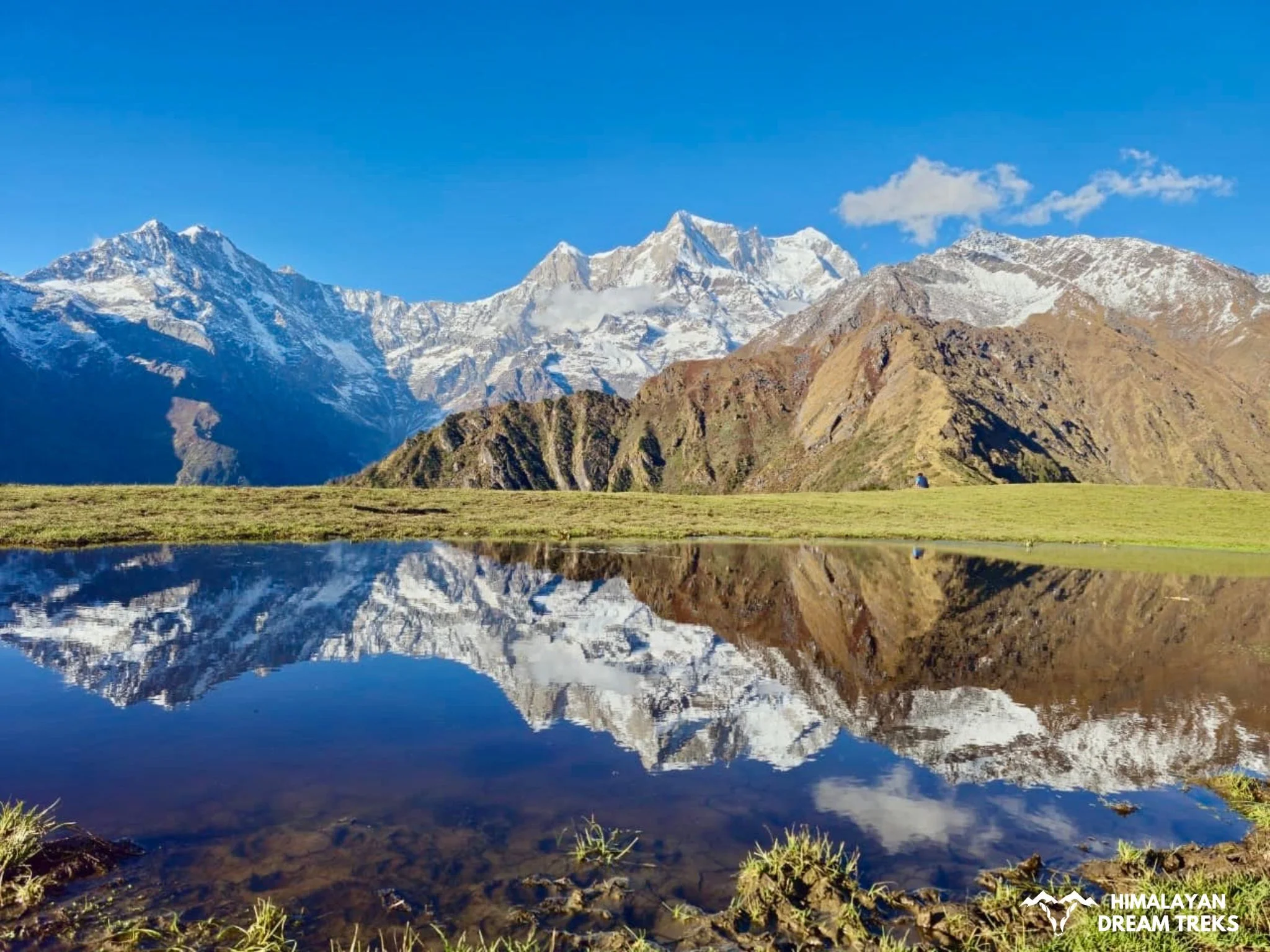
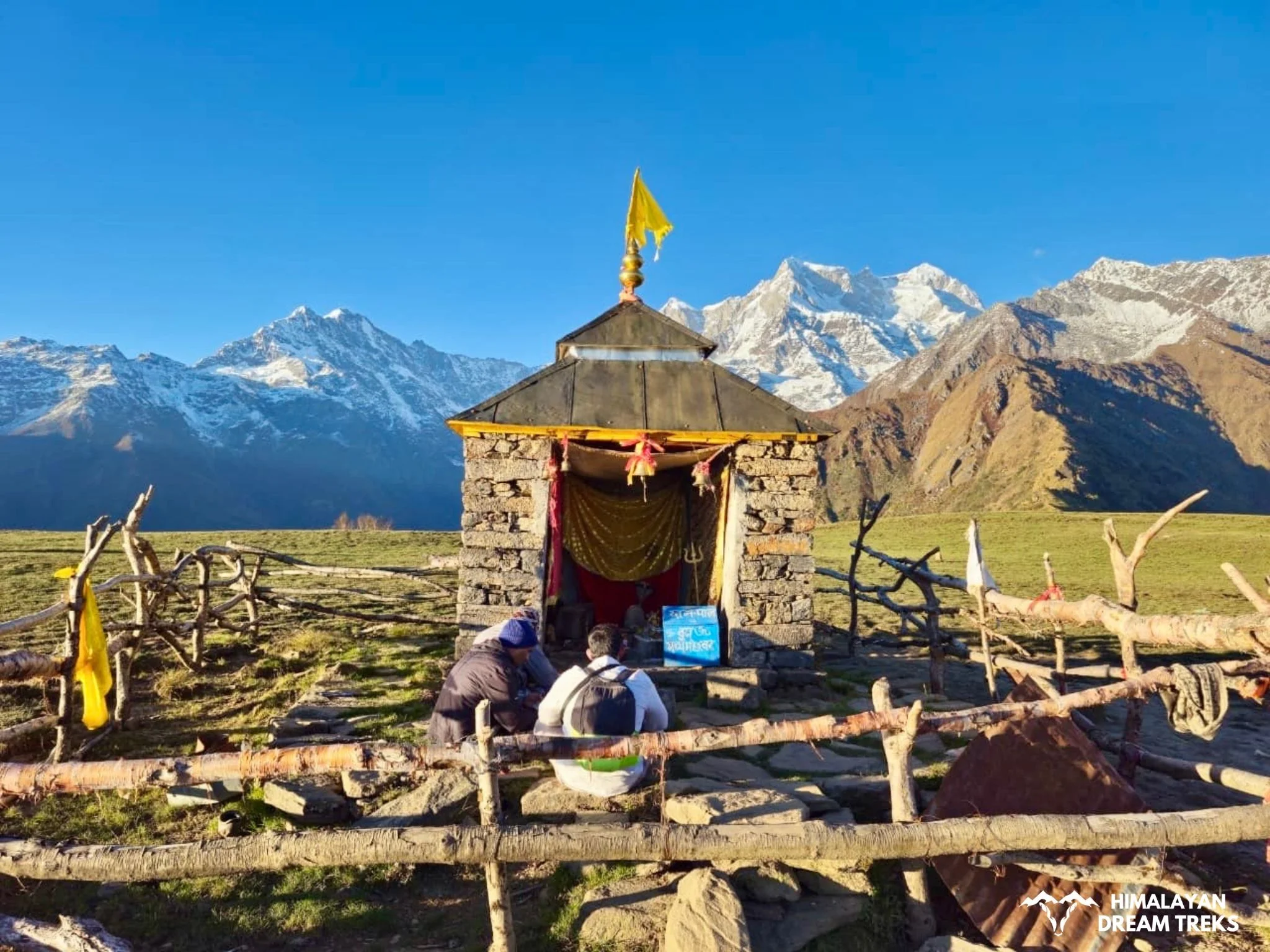
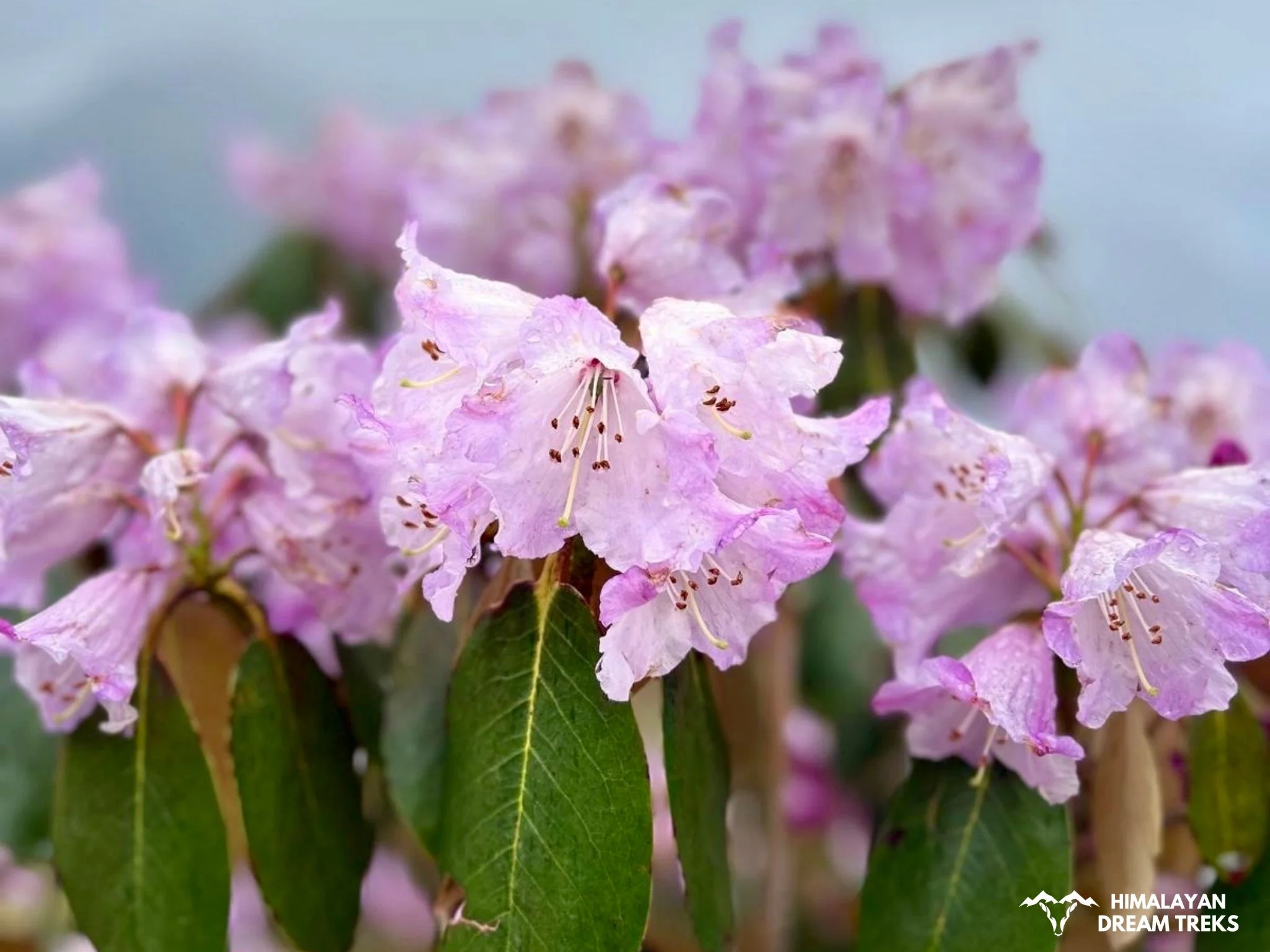
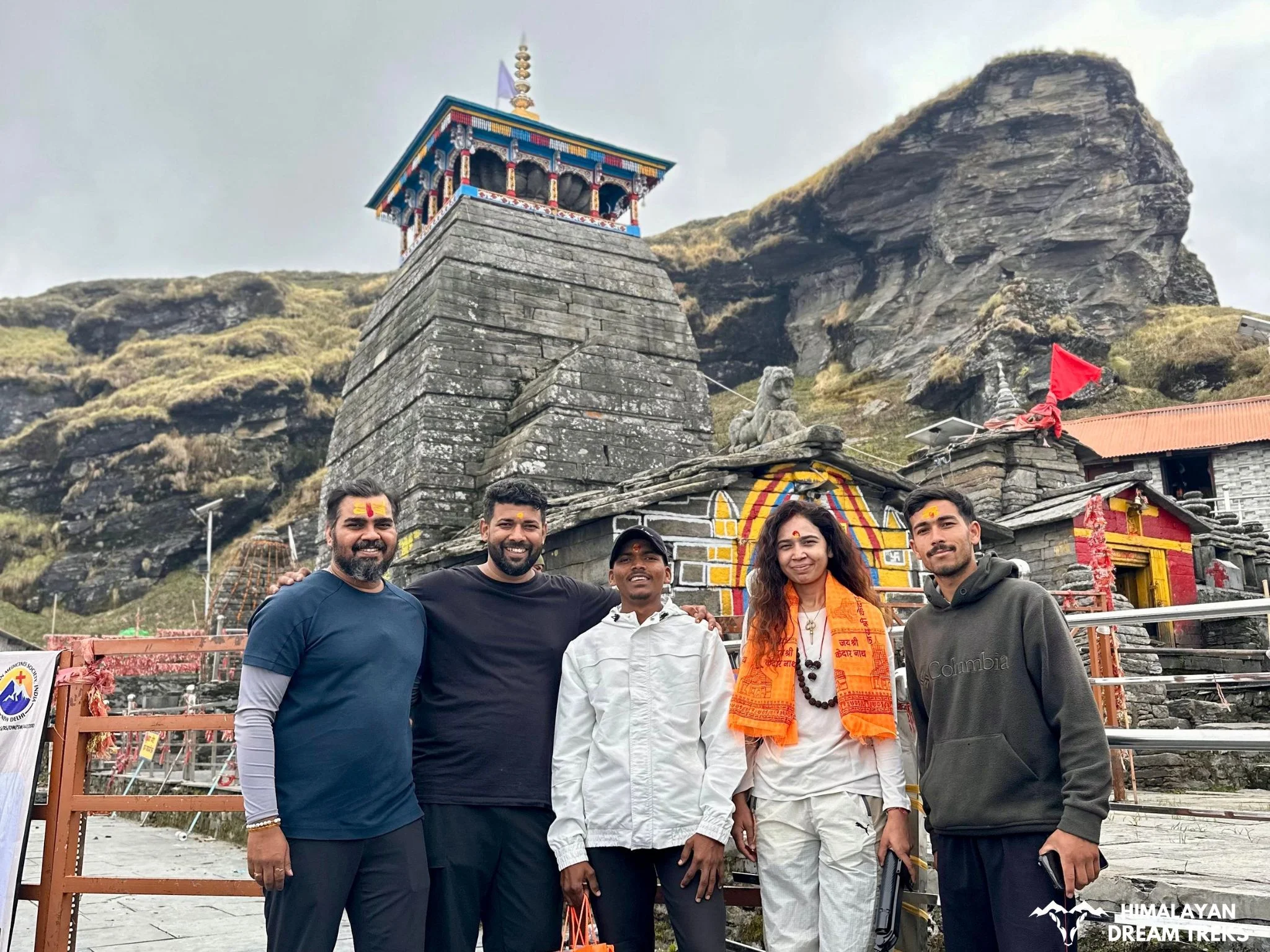
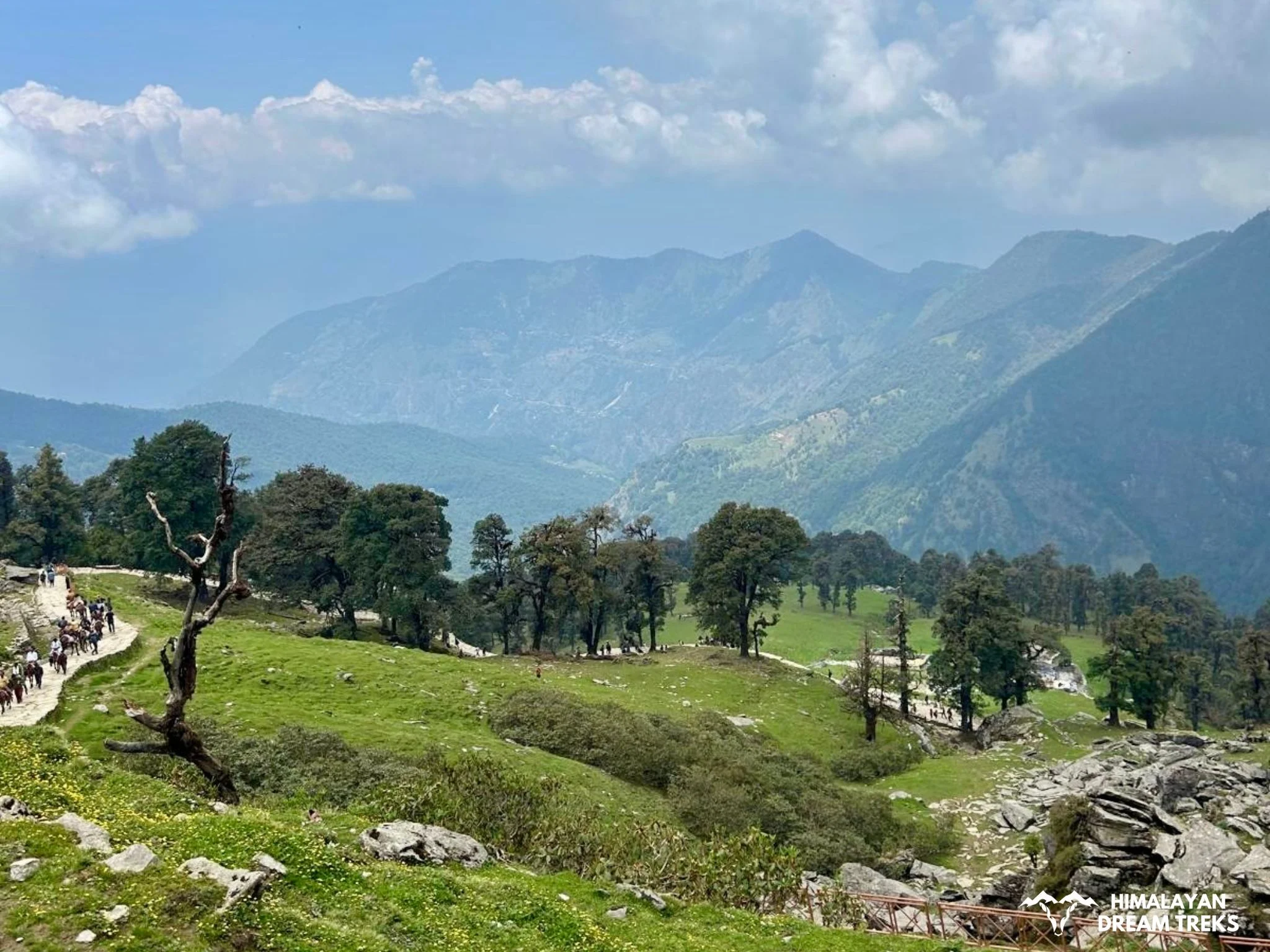
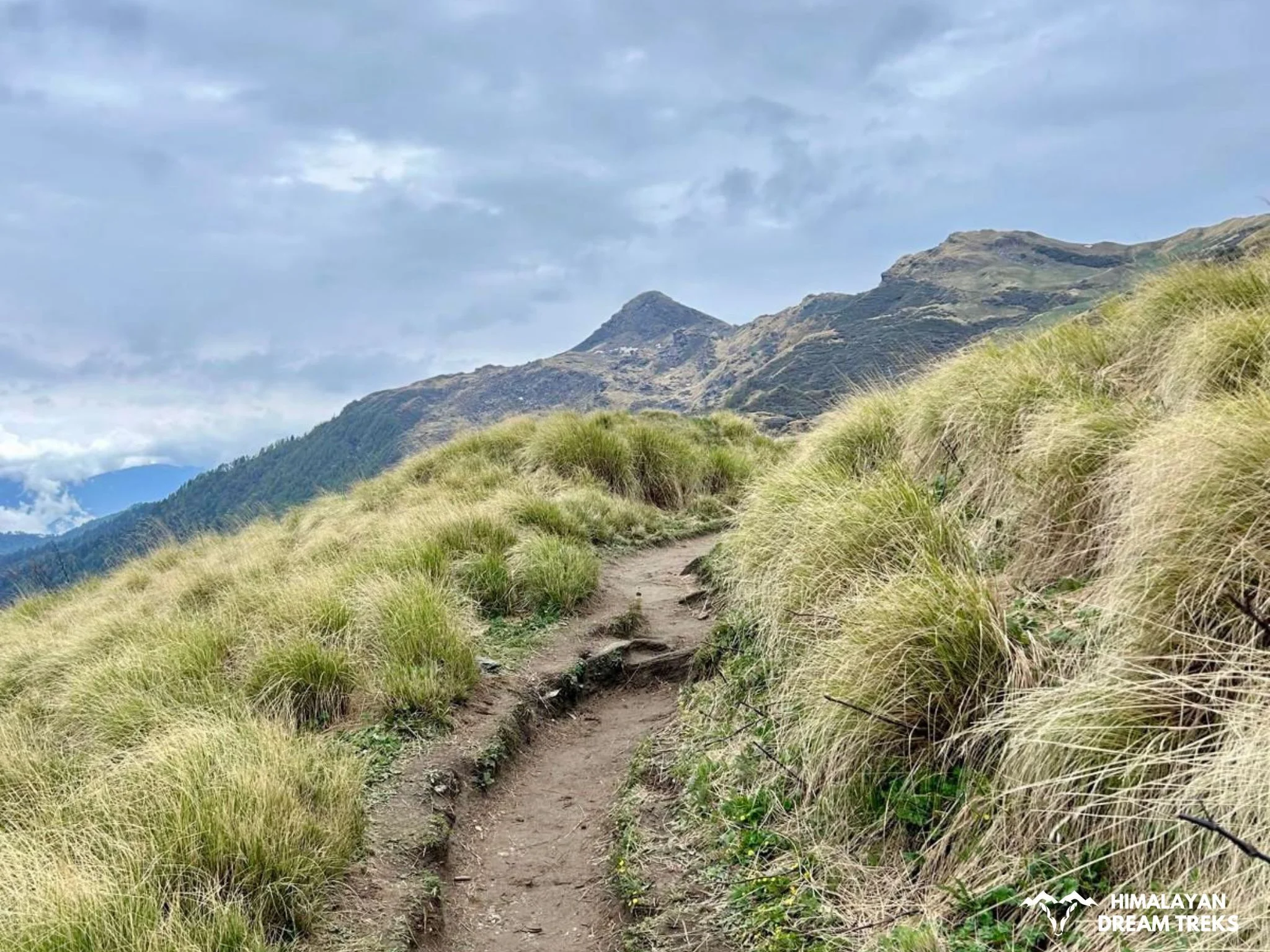
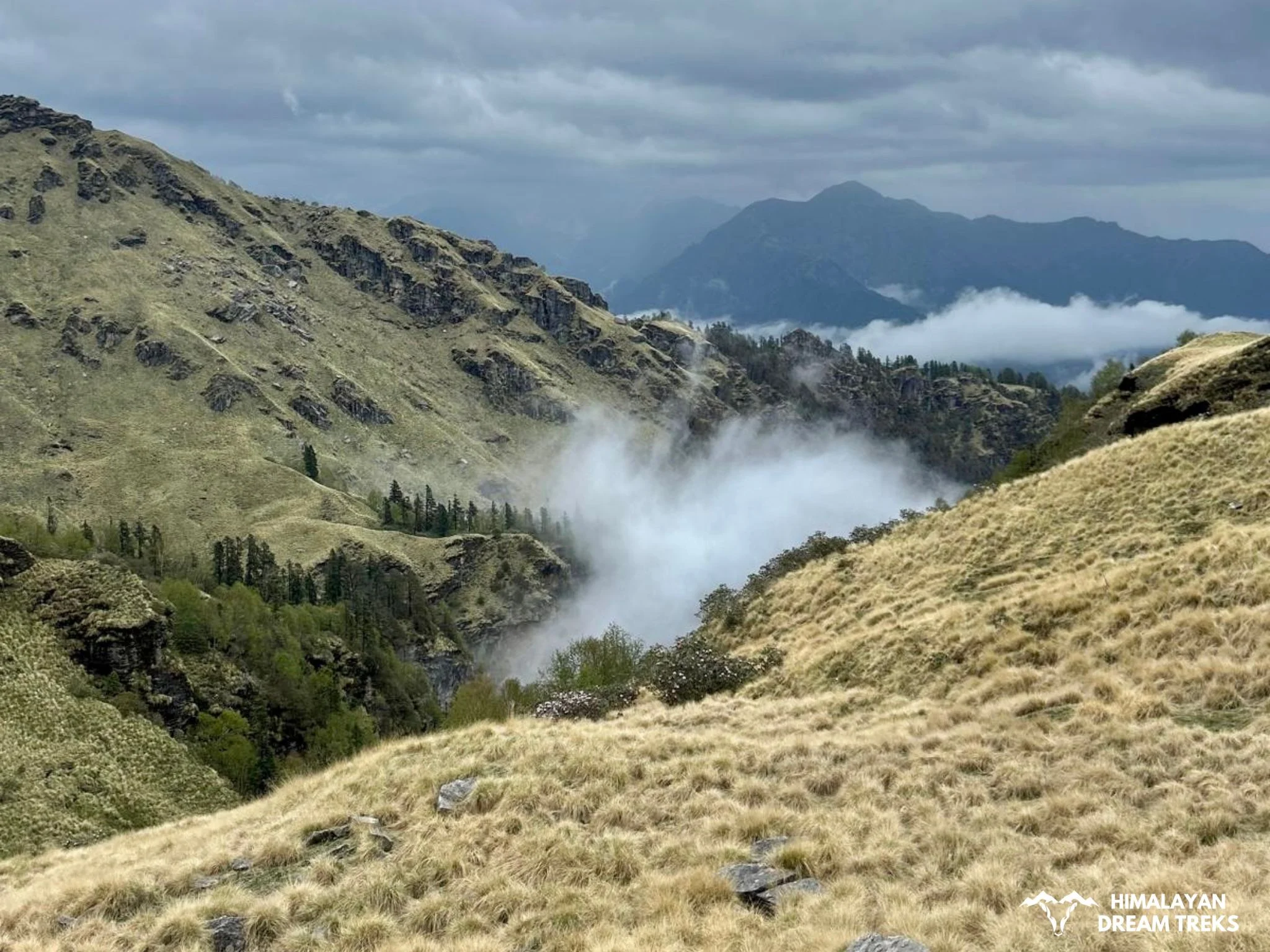
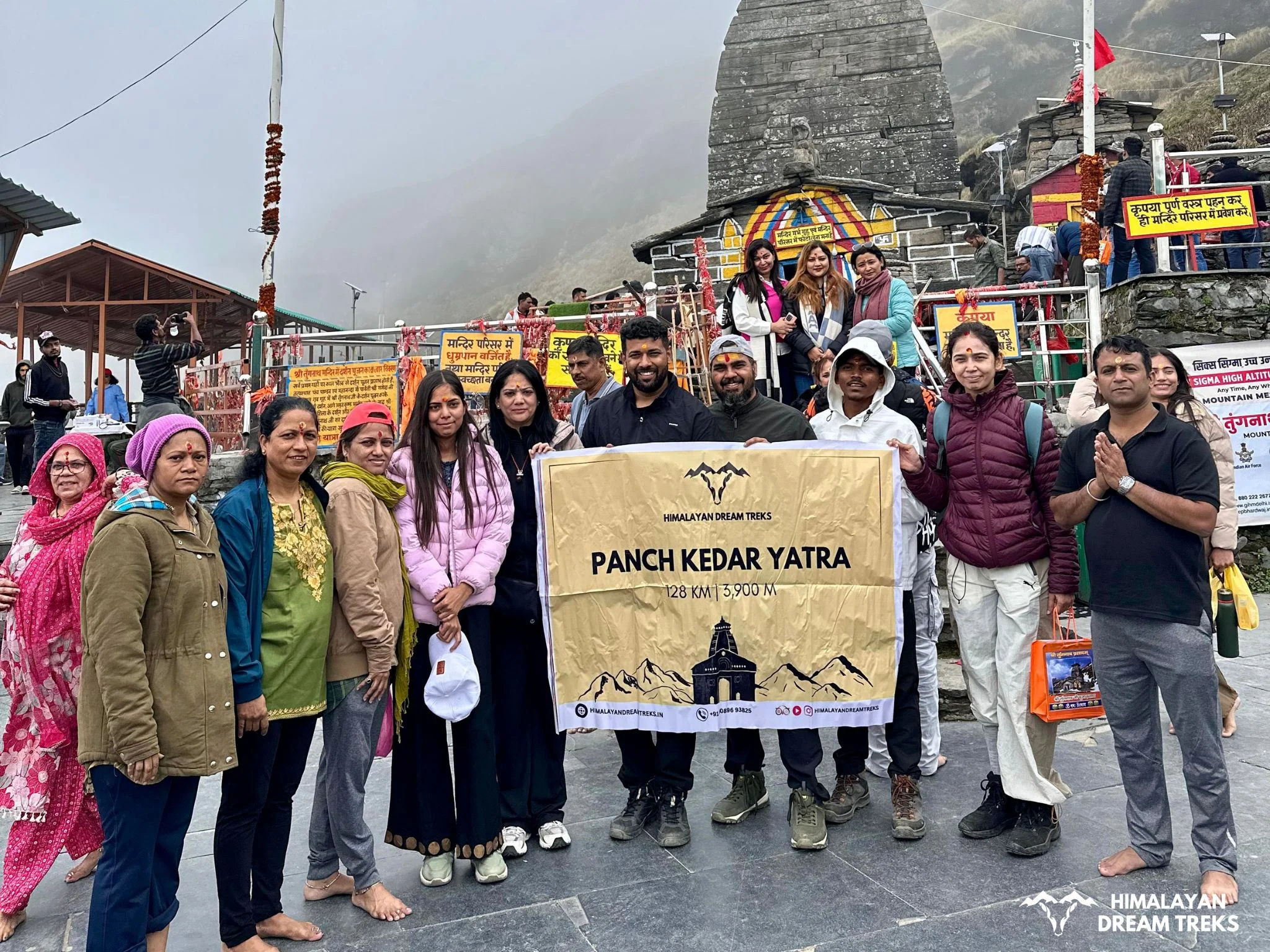
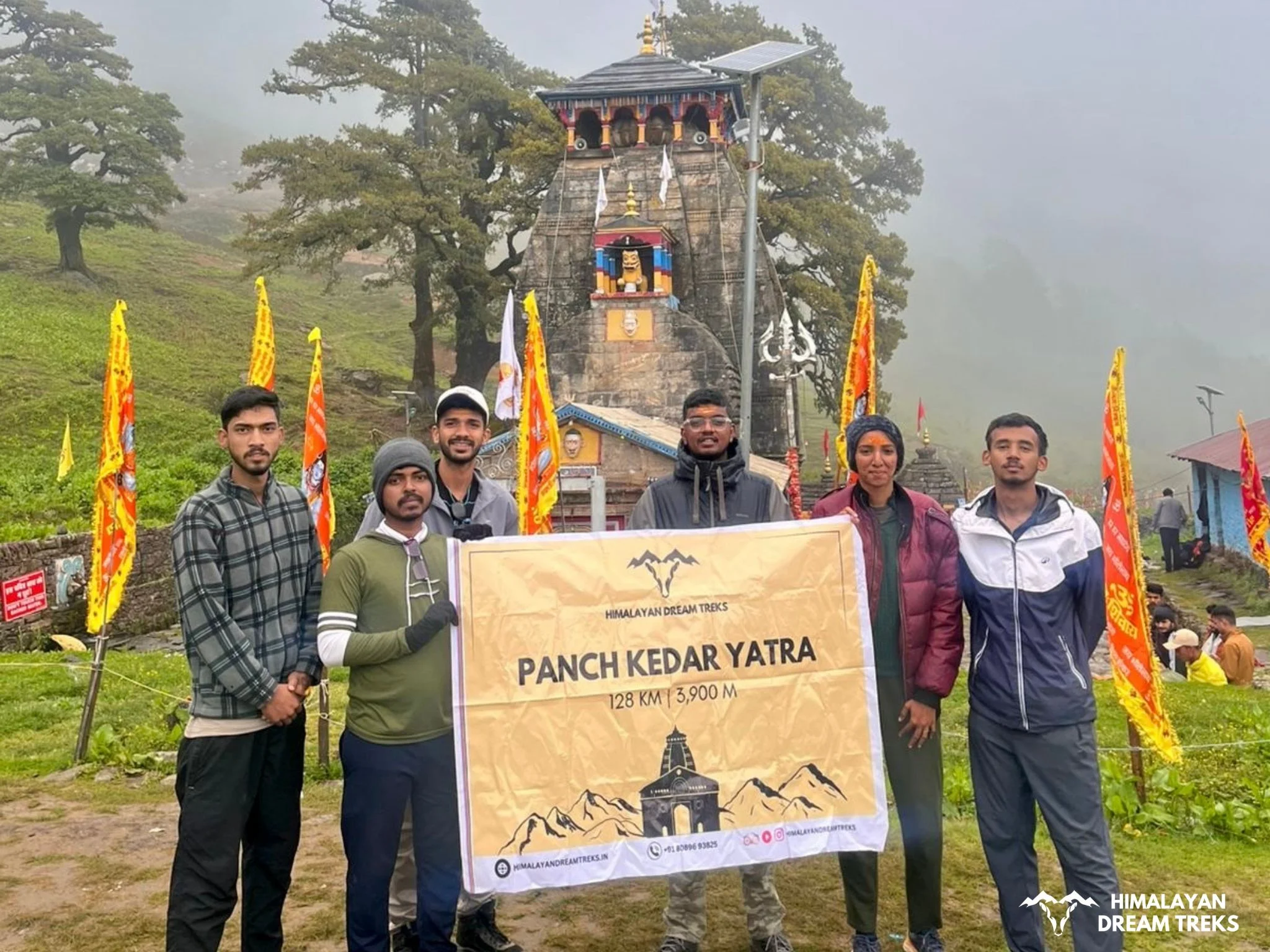
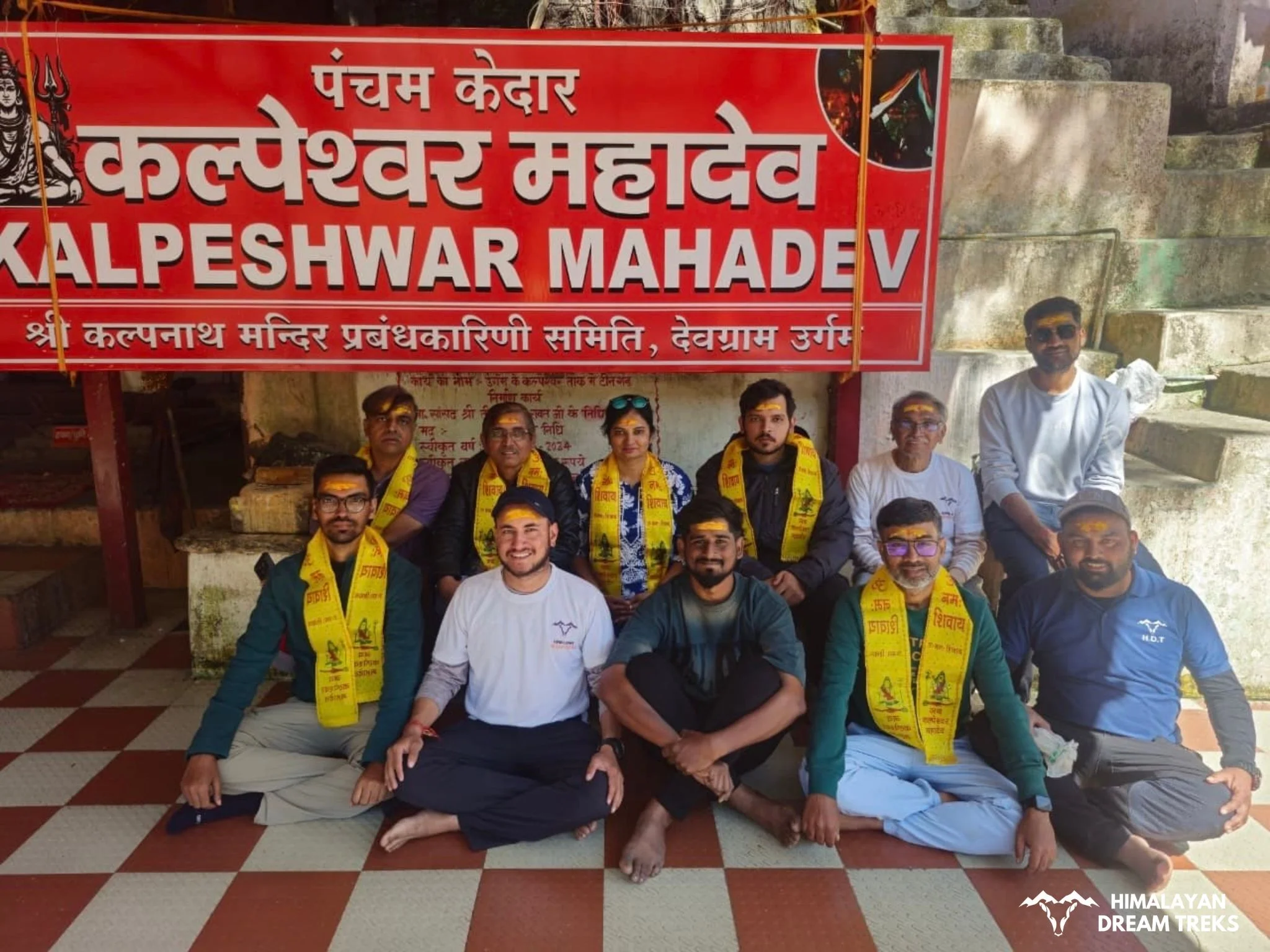
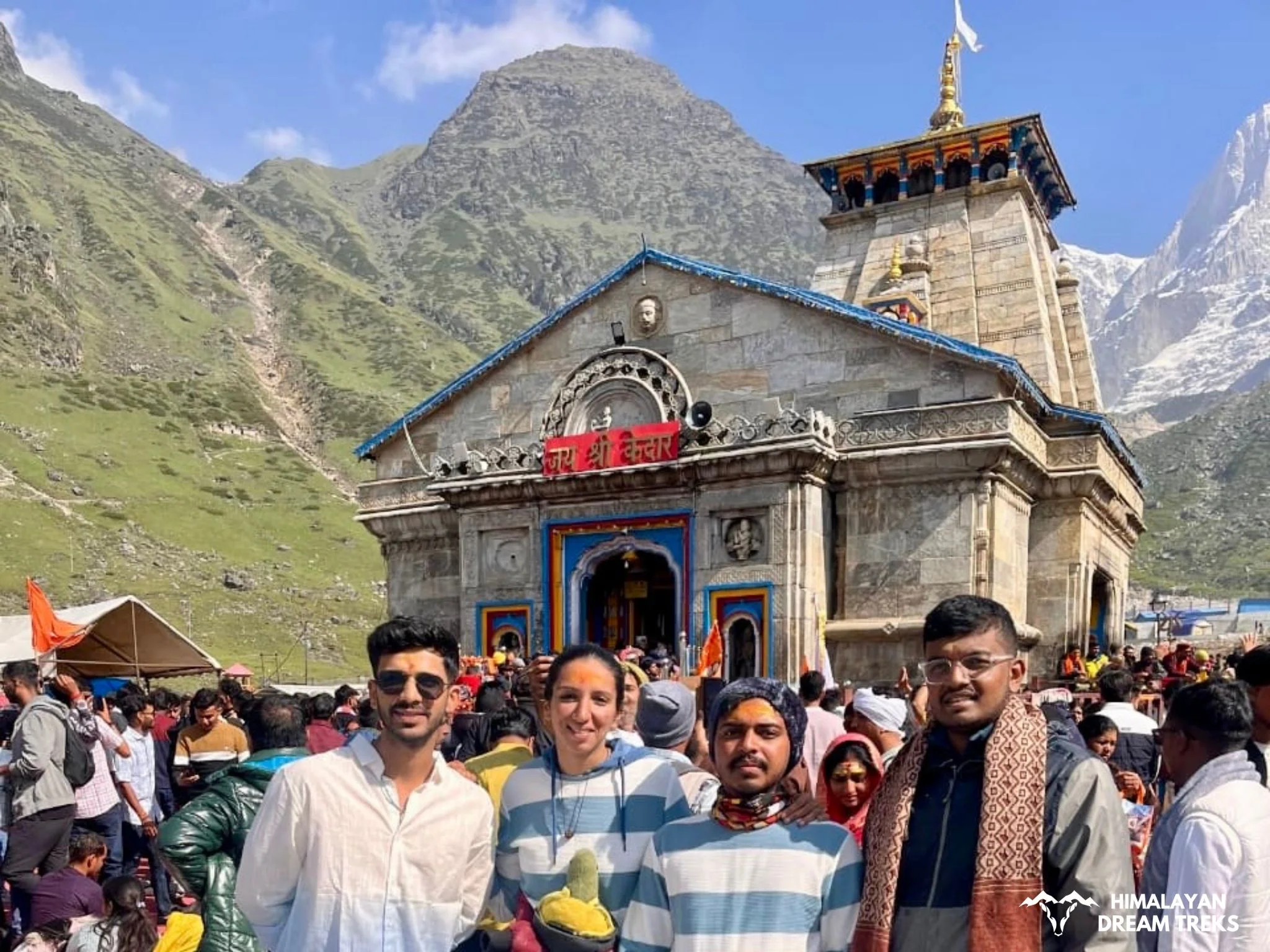
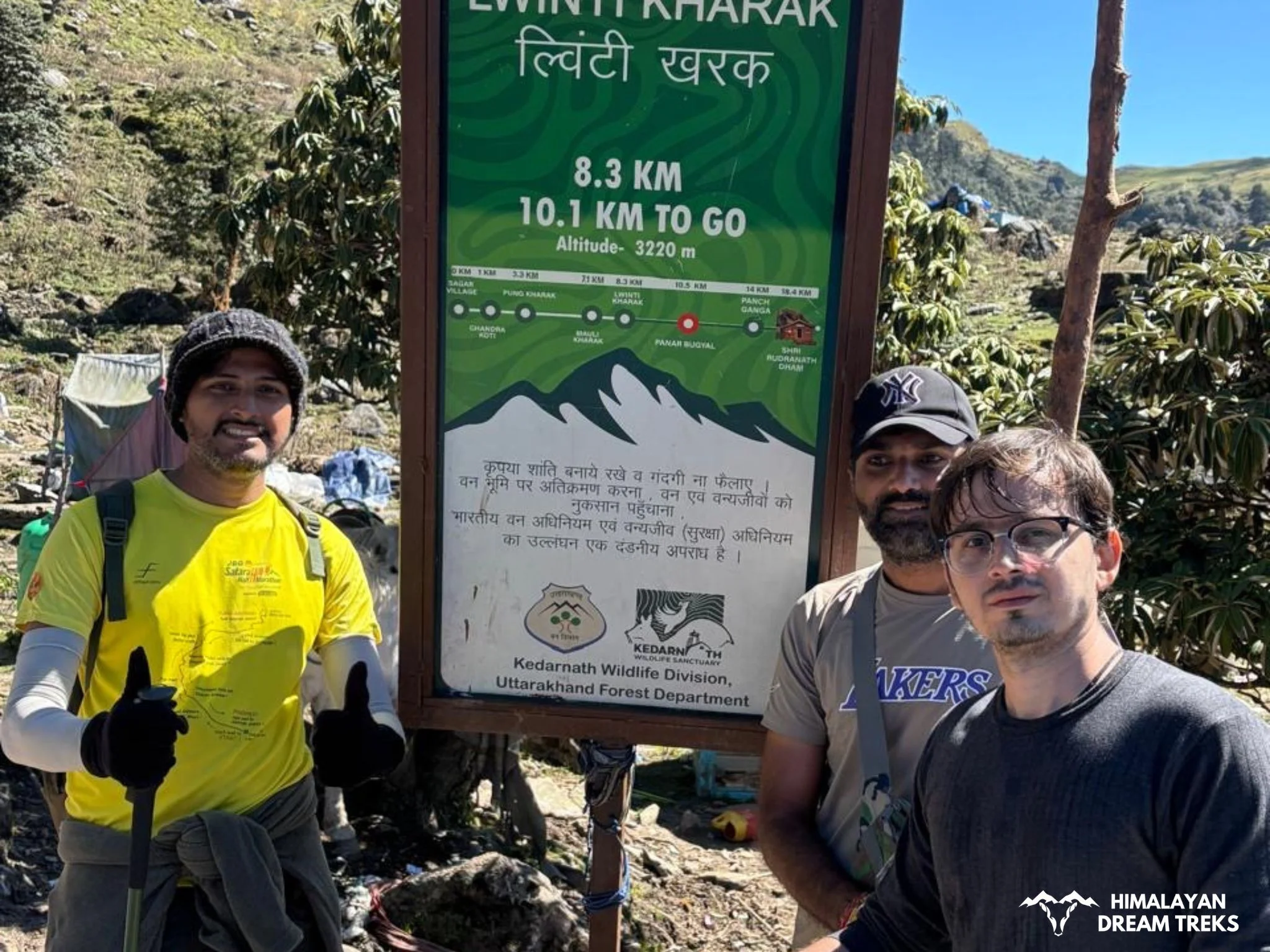
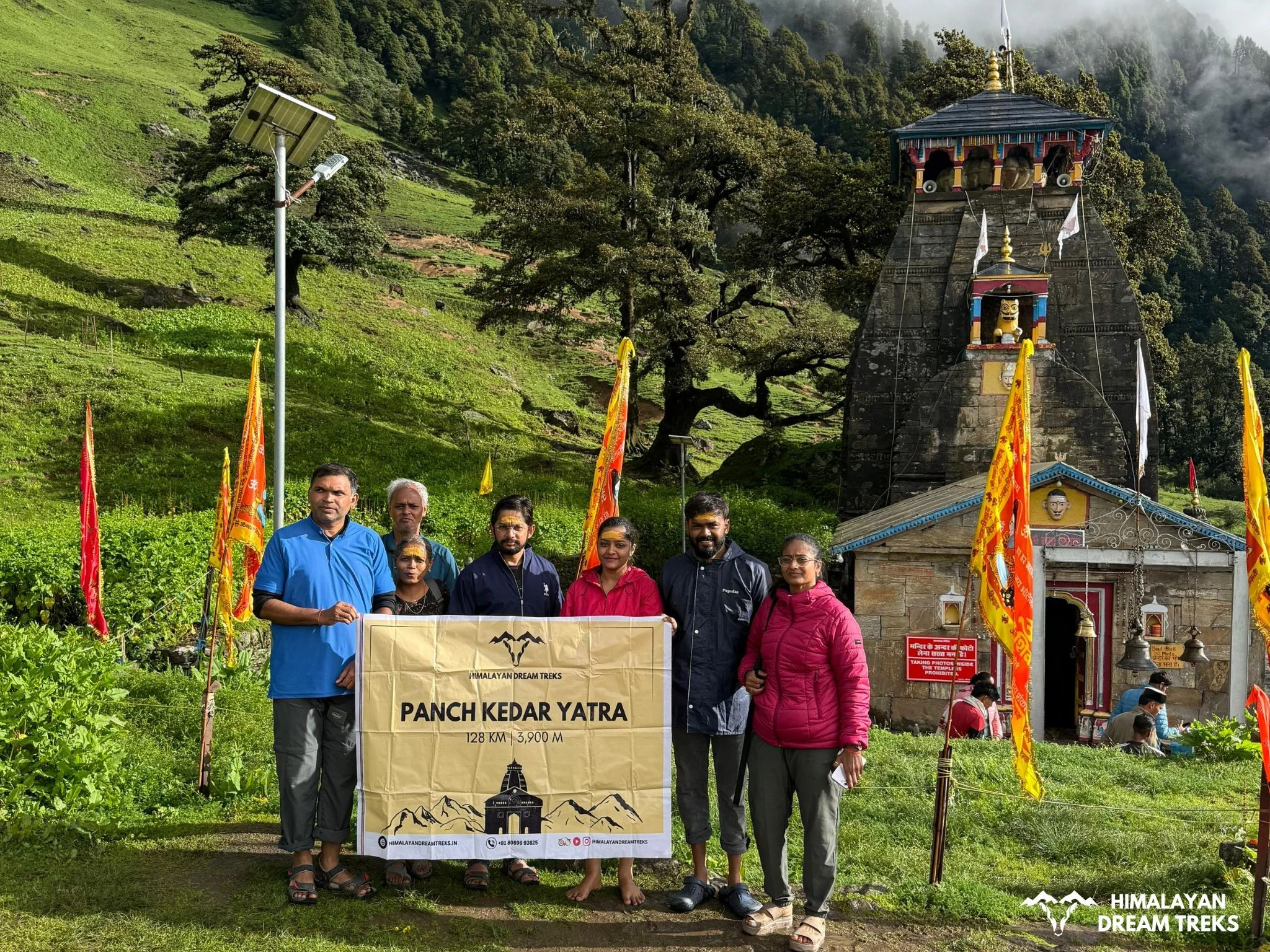
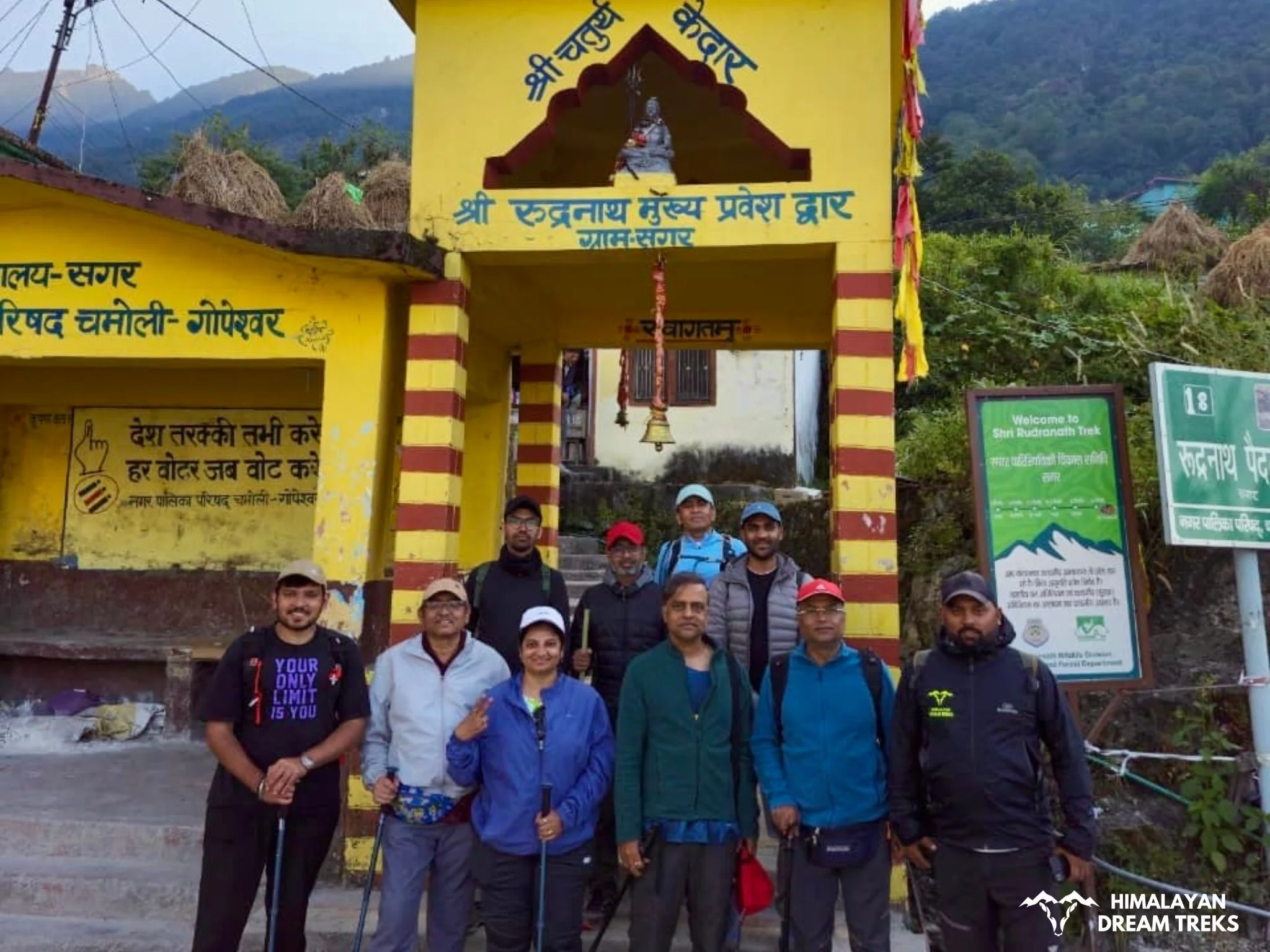
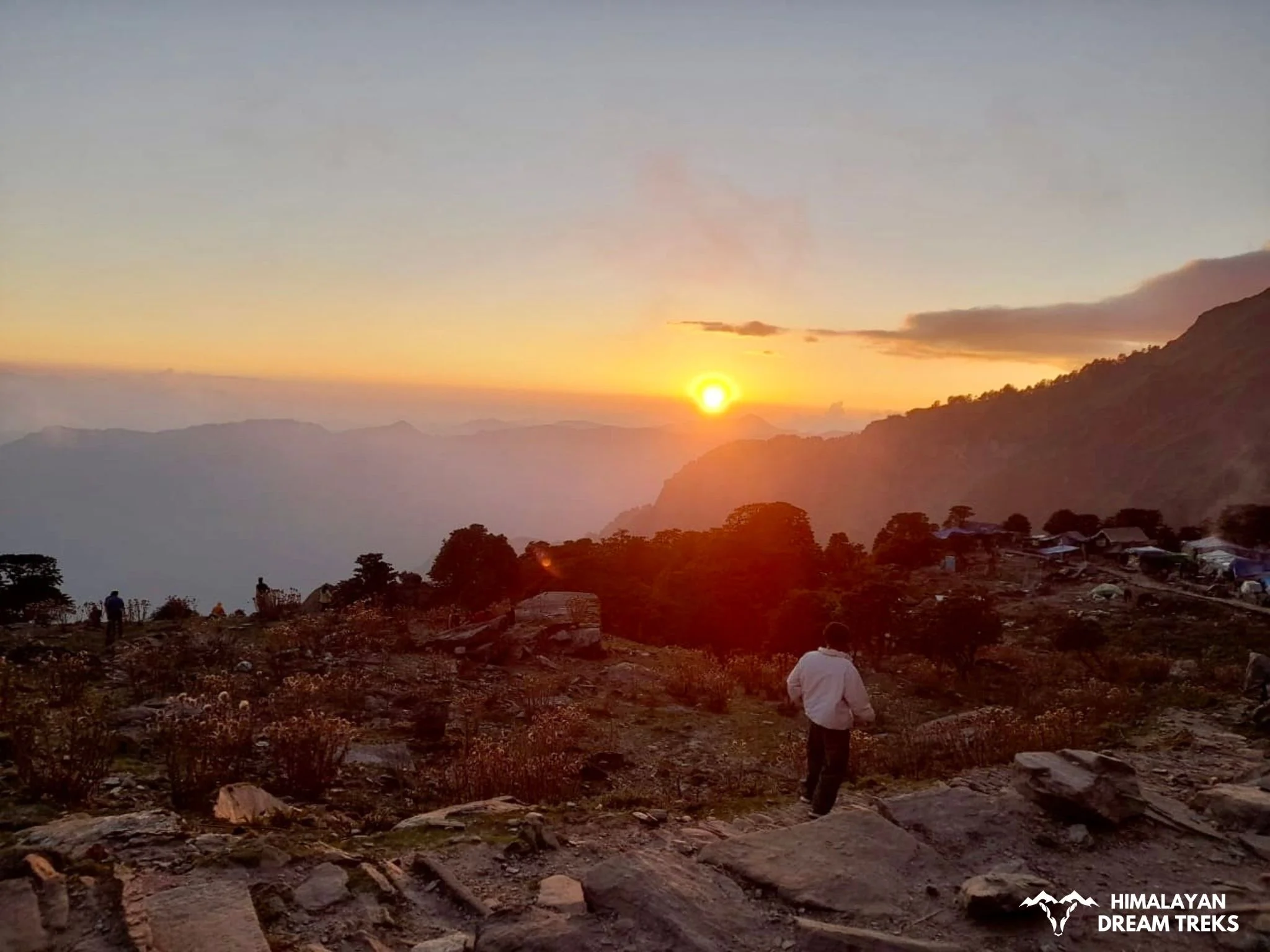
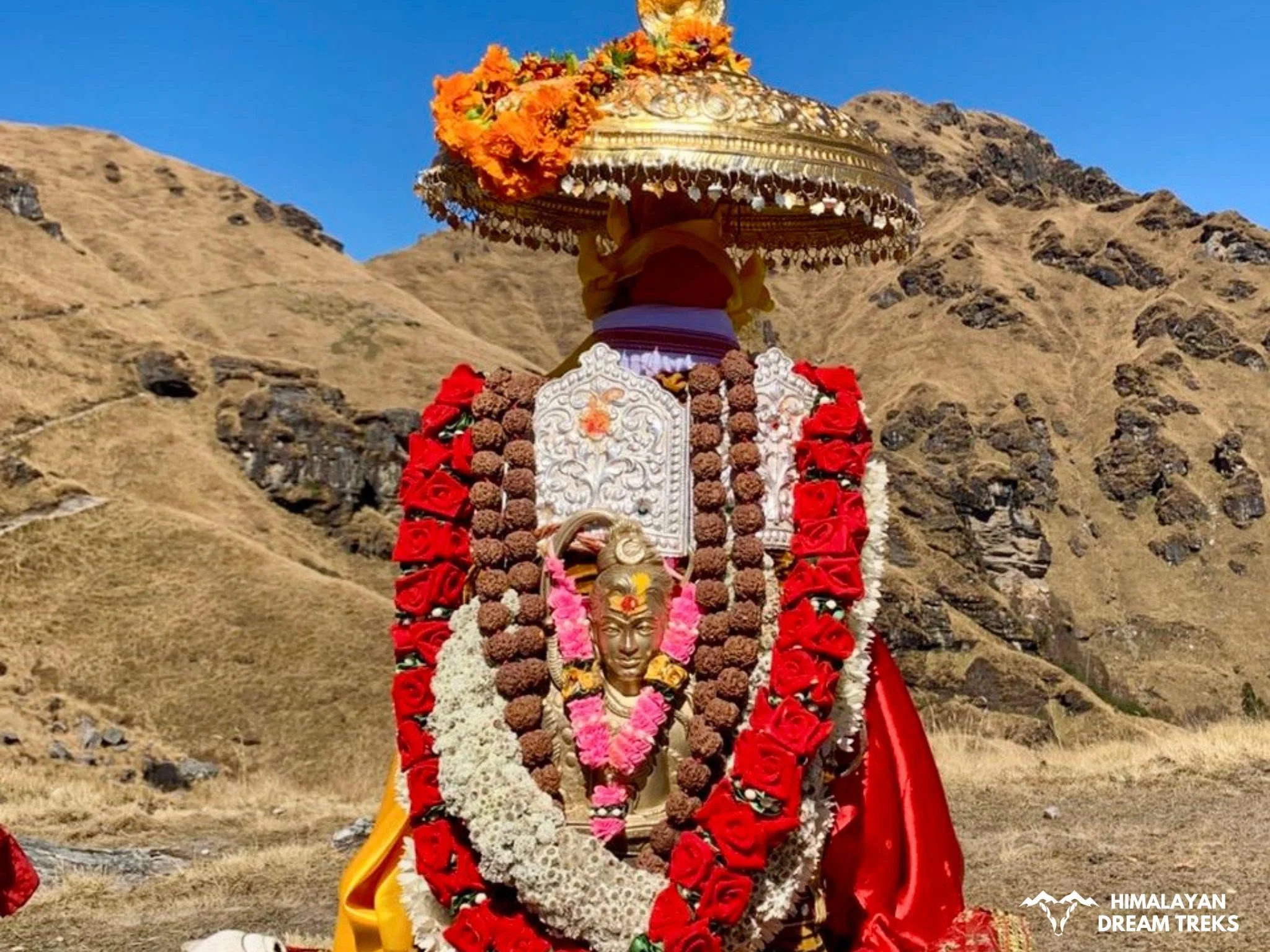
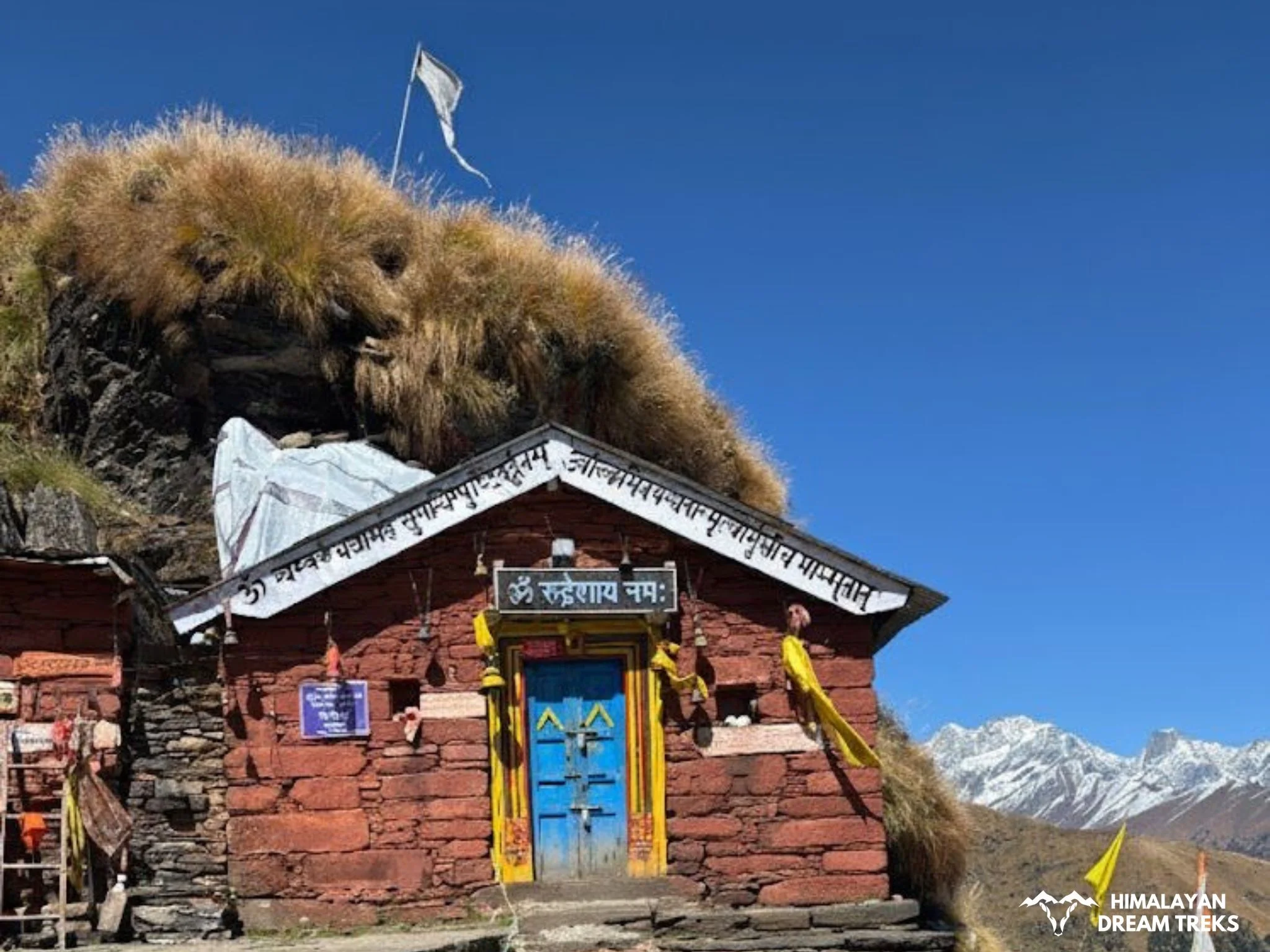
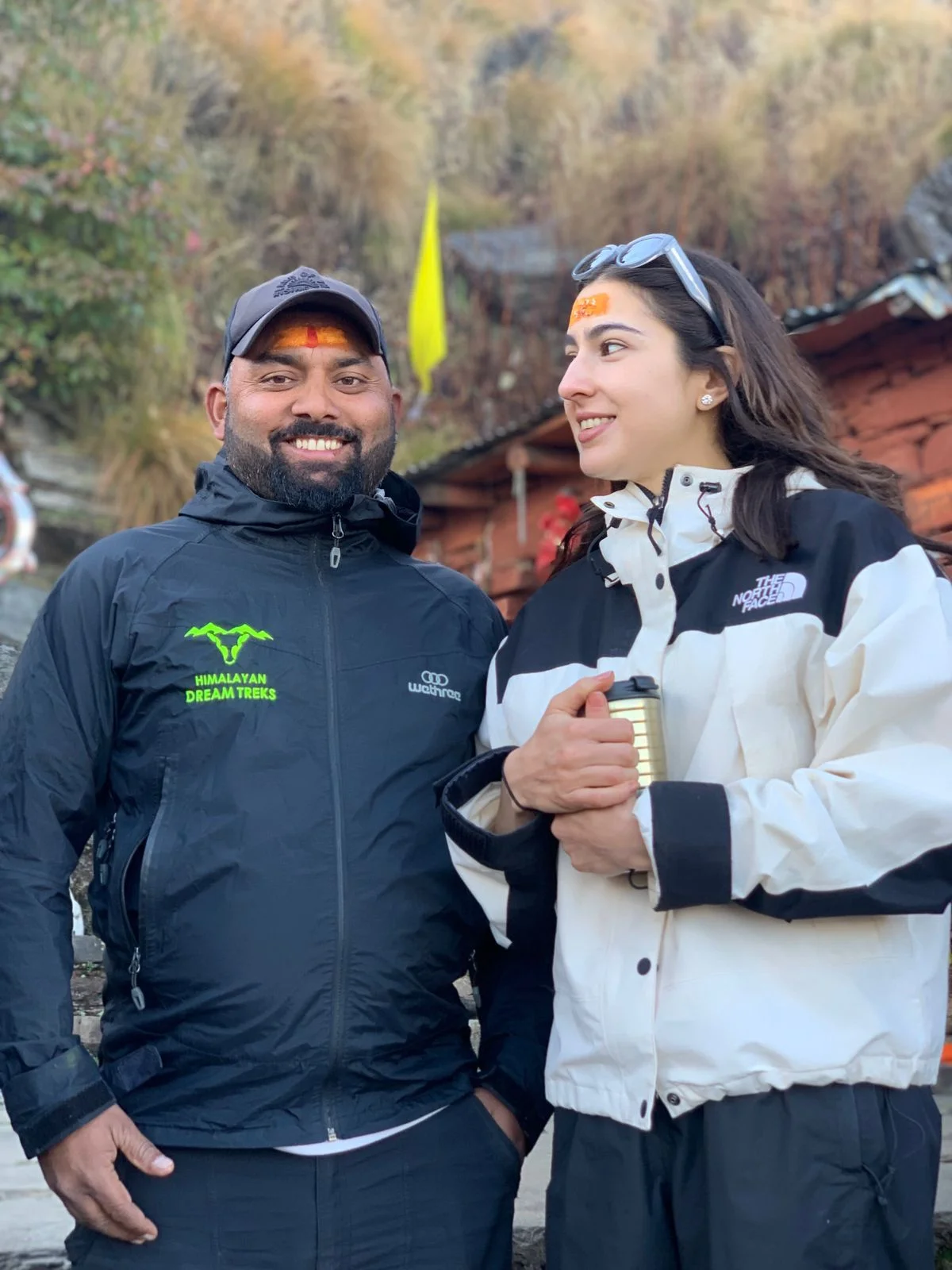
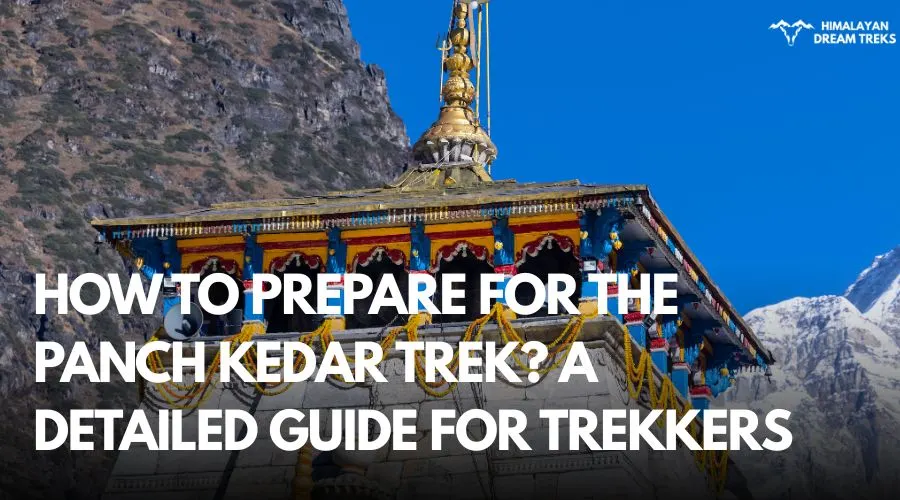
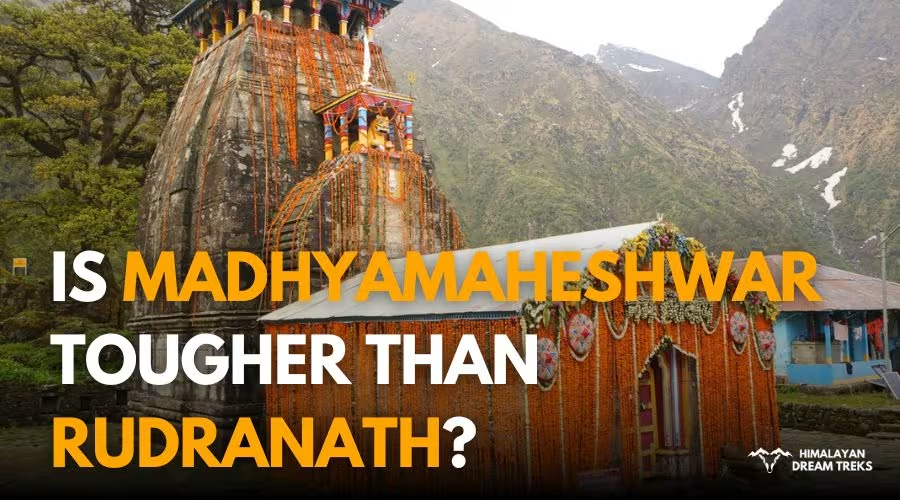
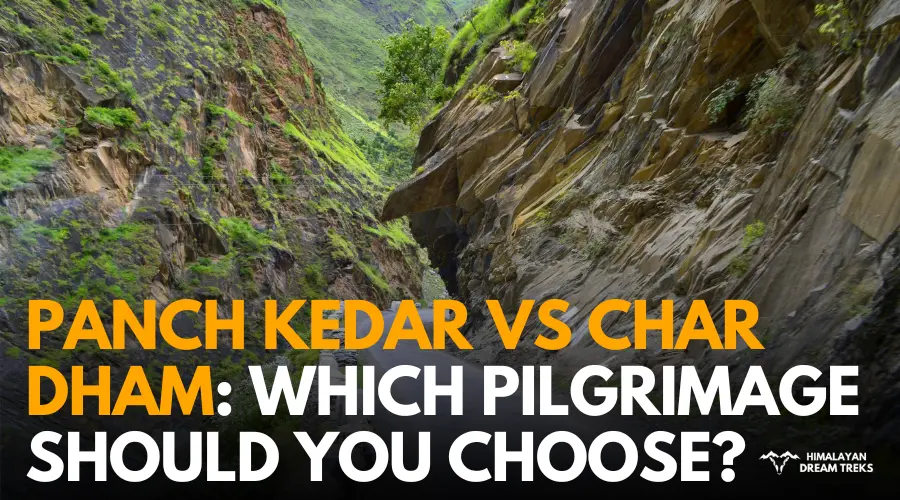
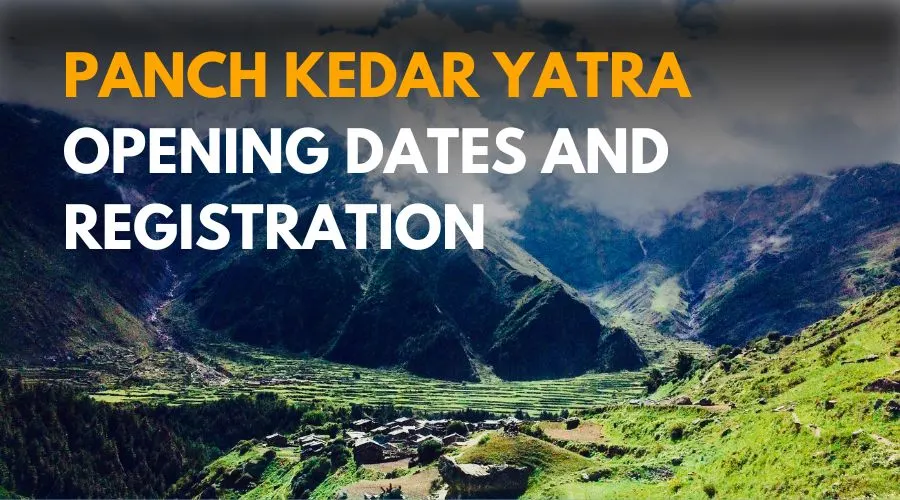
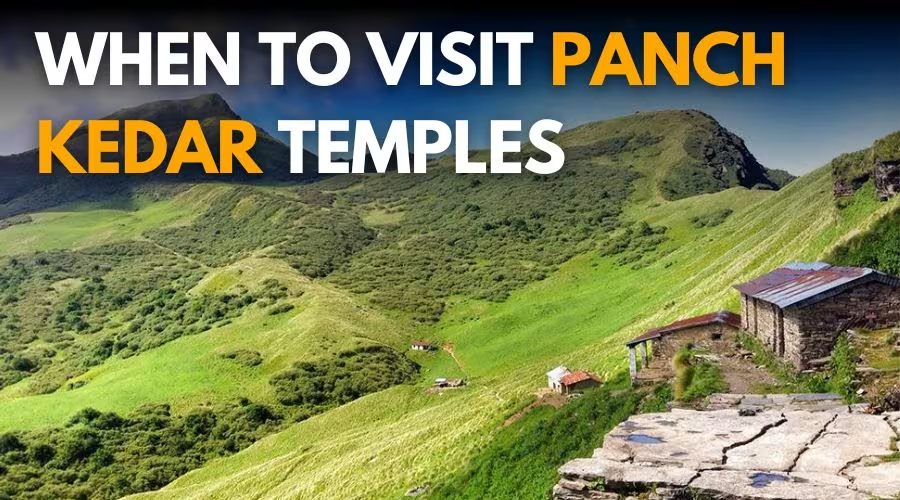
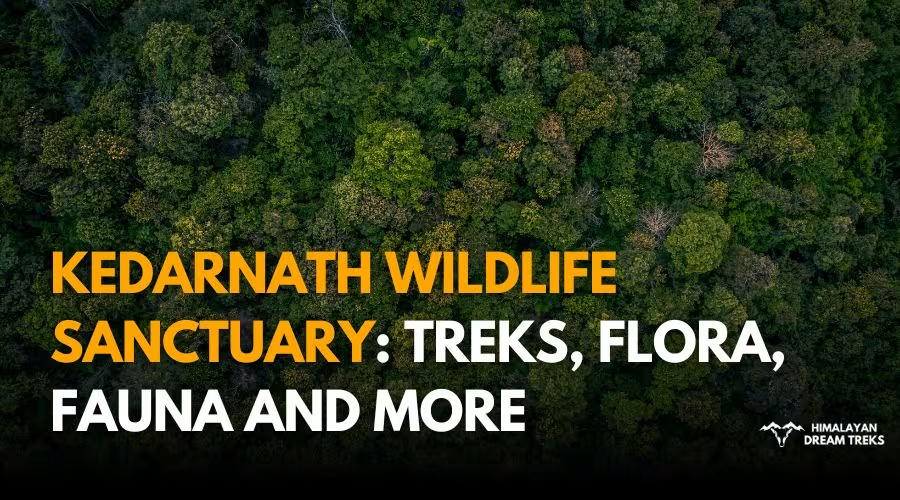
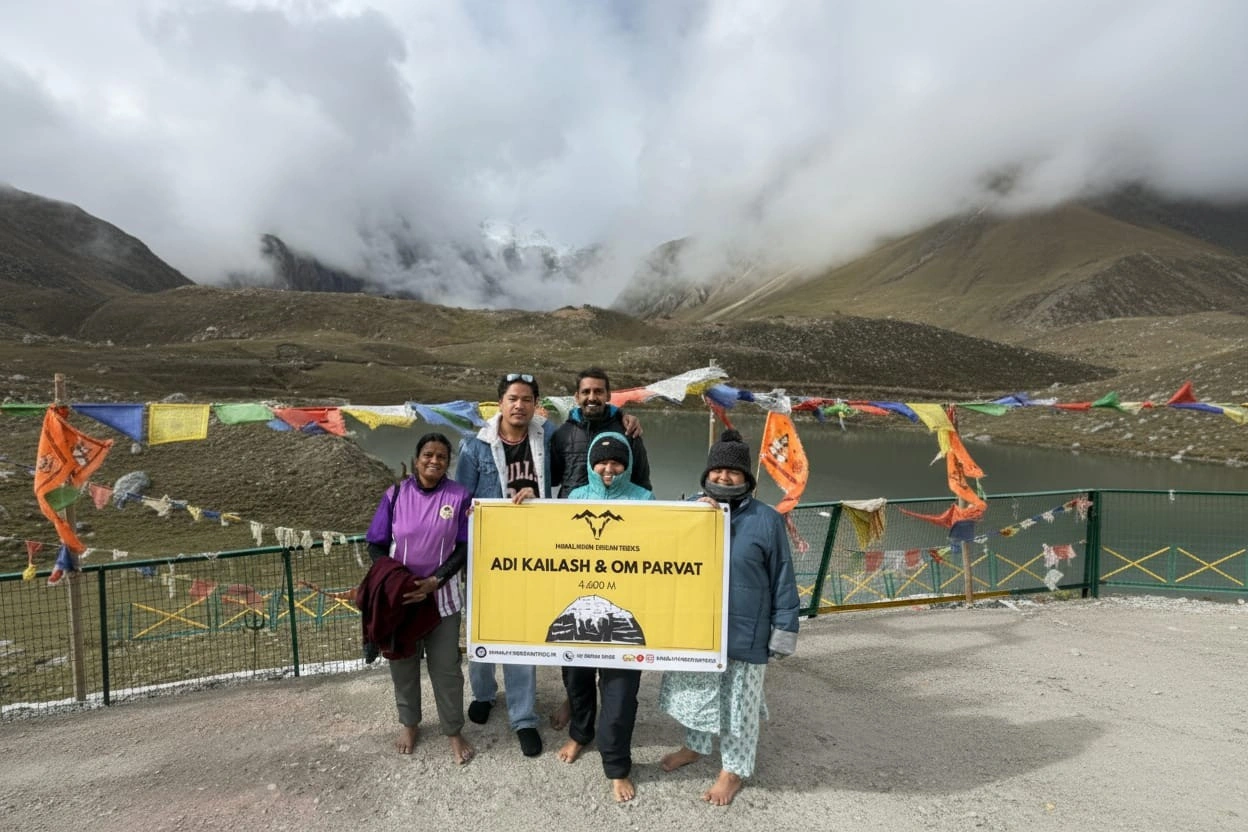
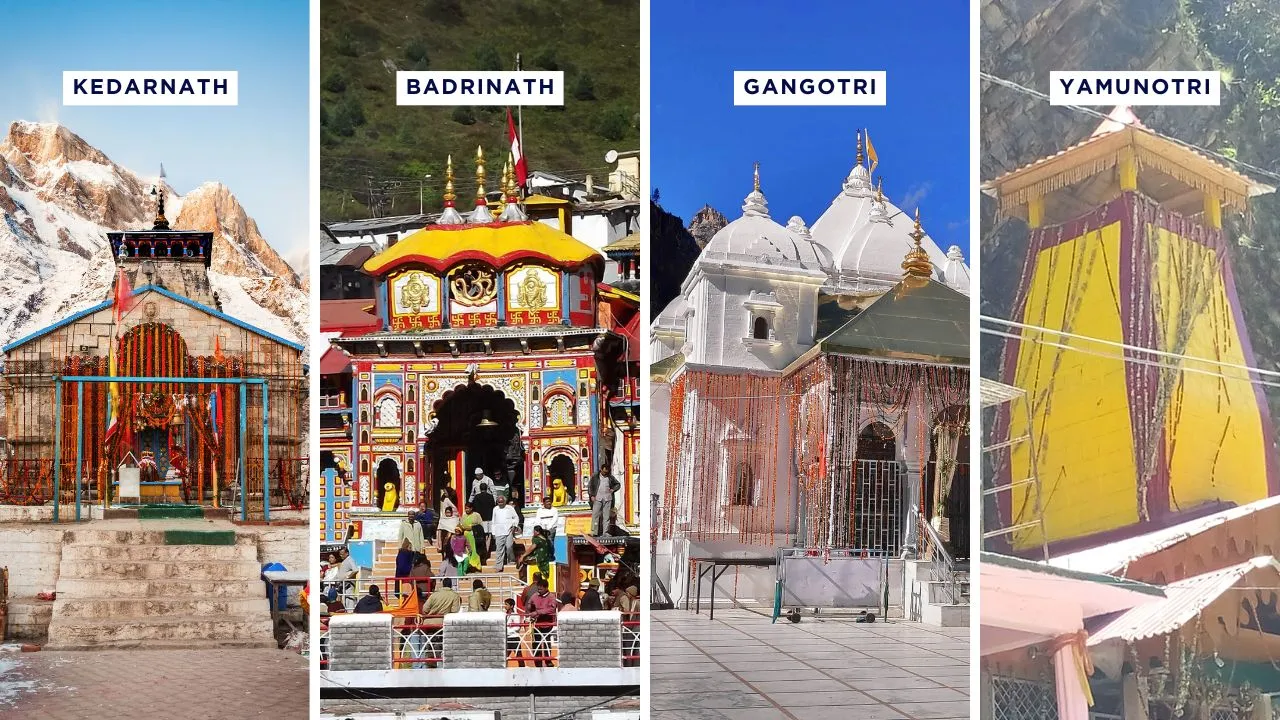
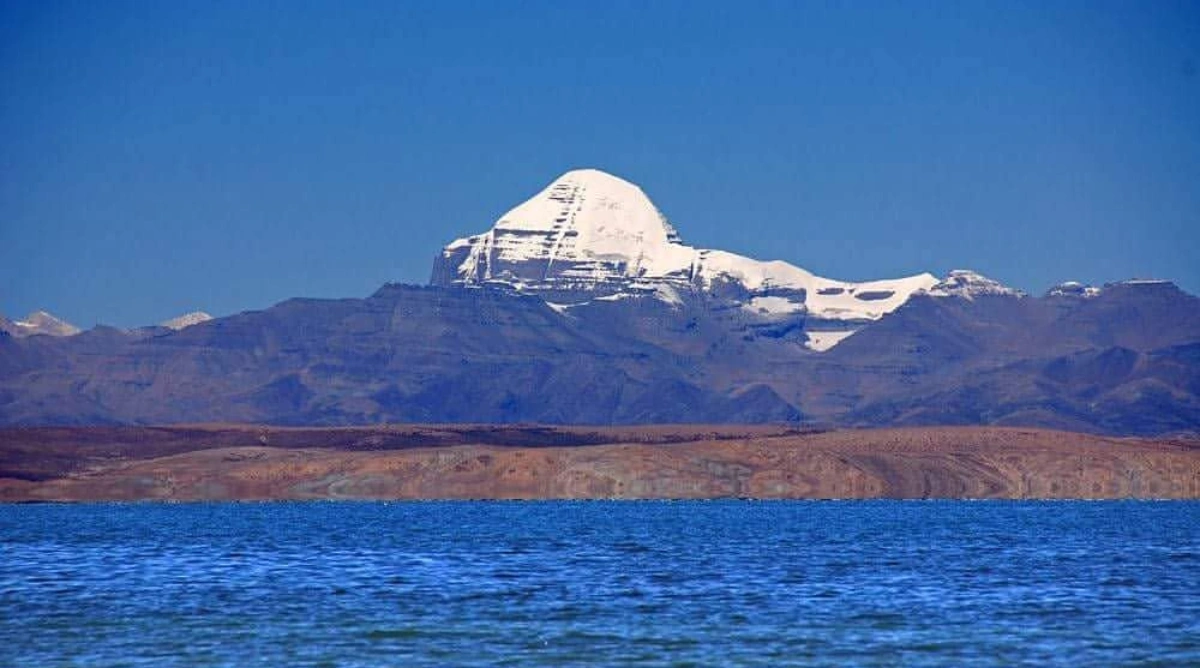

Leave a Comment